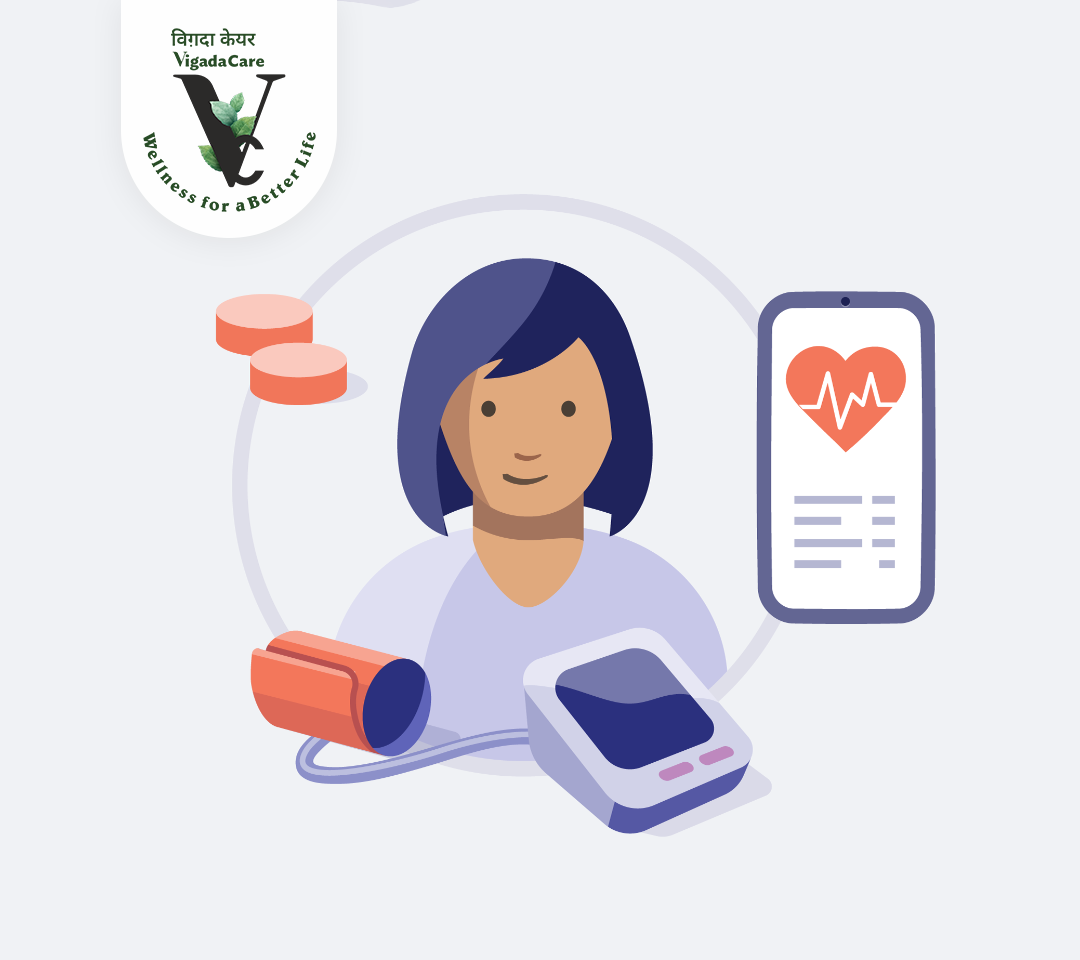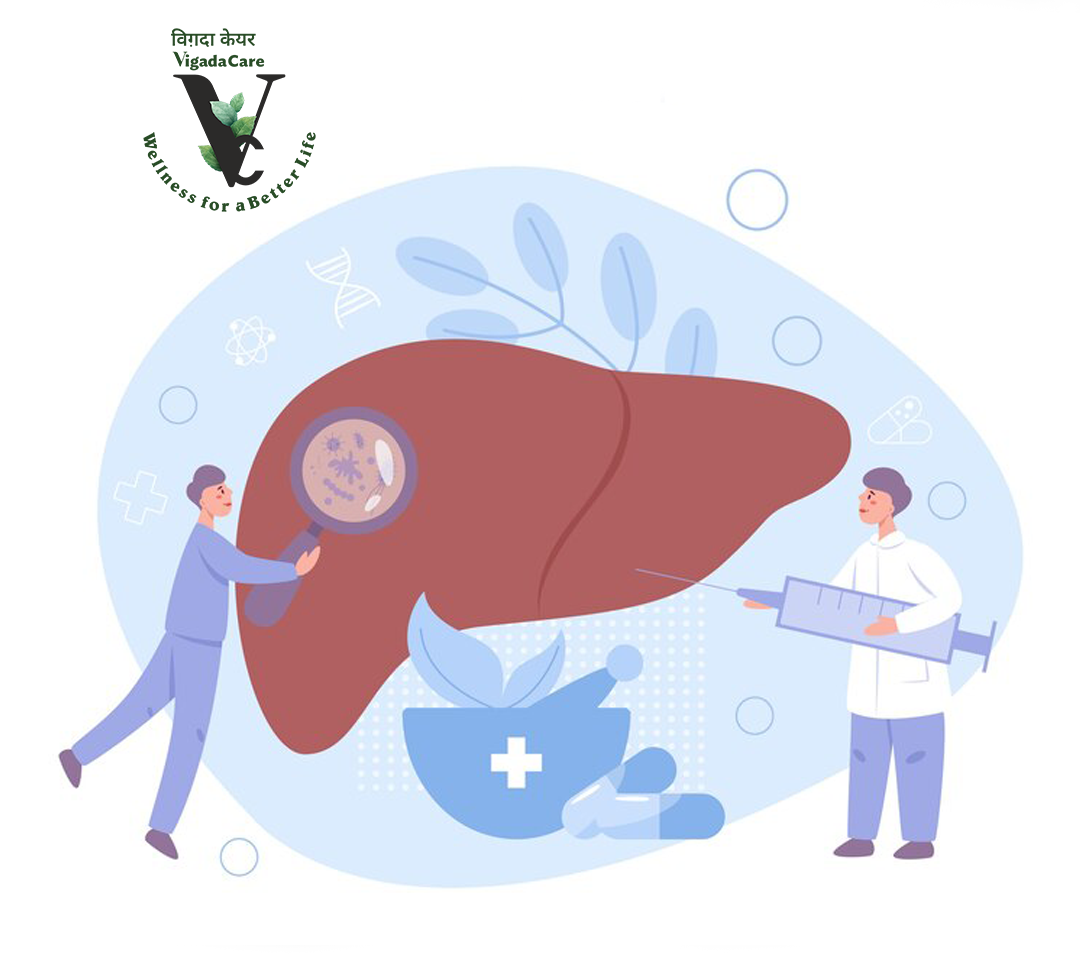
Understanding the Causes, Symptoms, and Treatment of Fatty Liver: A Silent Threat
Understanding the Causes, Symptoms, and Treatment of Fatty Liver: A Silent Threat
Fatty liver disease, commonly known as steatosis, is a major health concern that affects millions around the world. It occurs when extra fat accumulates in the liver, which can lead to major consequences if not treated. This blog post delves into fatty liver, including its causes, symptoms, and treatment possibilities.
Understanding the liver:
The liver is our body's powerhouse, conducting several vital processes such as:
• Processing nutrients from food
• Filtering pollutants from the bloodstream
• Producing proteins needed for blood clotting and other processes
• Managing blood sugar levels
What is fatty liver disease?
Small amounts of fat are required for a healthy liver. However, fatty liver disease is defined as fat deposition in the liver that surpasses 5% of its weight. There are two major types:
• The most common kind is Nonalcoholic Fatty Liver Disease (NAFLD), which is not associated with heavy alcohol consumption. Obesity, insulin resistance, high cholesterol levels, and heredity are all risk factors.
• Heavy alcohol use can cause Alcoholic Fatty Liver Disease (AFLD), which damages the liver's capacity to handle fat.
NAFLD progresses in two stages:
• Simple Fatty Liver: Fat accumulates in the liver but causes minimal inflammation or damage. This stage is usually innocuous.
• Nonalcoholic Steatohepatitis (NASH) causes inflammation and liver cell destruction alongside fat gain. NASH can lead to fibrosis (scarring), cirrhosis, and liver failure.
Symptoms of the Fatty Liver:
Fatty liver is frequently missed in its early stages since the symptoms are usually minor or nonexistent. However, in some instances, you may encounter:
Symptoms include fatigue, unexplained weight loss, and upper right abdomen pain or discomfort.
Diagnosing fatty liver:
This disease often requires regular check-ups, such as blood testing, to examine liver function and identify underlying disorders.
• Ultrasound and elastography imaging techniques can view and assess fat deposits in the liver.
• In some situations, a liver biopsy is performed to collect a tissue sample for further testing.
Treating the Fatty Liver:
Fortunately, fatty liver disease, particularly NAFLD, is generally reversible by lifestyle adjustments. Here are a few key strategies:
• To treat this disease, focus on a nutritious diet rich in fruits, vegetables, and grains. Consume fewer processed meals, fizzy drinks, and saturated and harmful fats.
• Weight loss of 5-10% can dramatically enhance liver health.
• Regular physical activity promotes fat loss and improves insulin sensitivity.
• Medications for cholesterol and diabetes can improve liver health.
Preventing Fatty Liver:
Prevention is the most effective strategy for dealing with fatty liver disease. Here are a few tips:
• Keep a healthy weight.
• Eat a balanced diet.
• Maintain regular exercise.
• Limit alcohol consumption.
• Manage pre-existing diseases, such as diabetes or high cholesterol.
Complementary approaches:
While lifestyle changes are essential for controlling fatty liver disease, several researchers are investigating complementary treatments in addition to standard treatment. It's crucial to highlight that these methods lack substantial scientific support, so consult your doctor before utilizing them. One such possibility is Ayurvedic Liv Well Syrup & Tablets.
Fatty liver disease is a severe health concern, but with early detection and lifestyle changes, it can be effectively controlled and, in some cases, reversed. If you have concerns about fatty liver, see your doctor for a clear diagnosis and treatment plan. Remember that early action is critical to avoiding problems and maintaining optimal liver health.
Recent Blogs

Understanding the Three Doshas of Ayurveda
Understanding the Three Doshas of Ayurveda Ayurveda ... Read More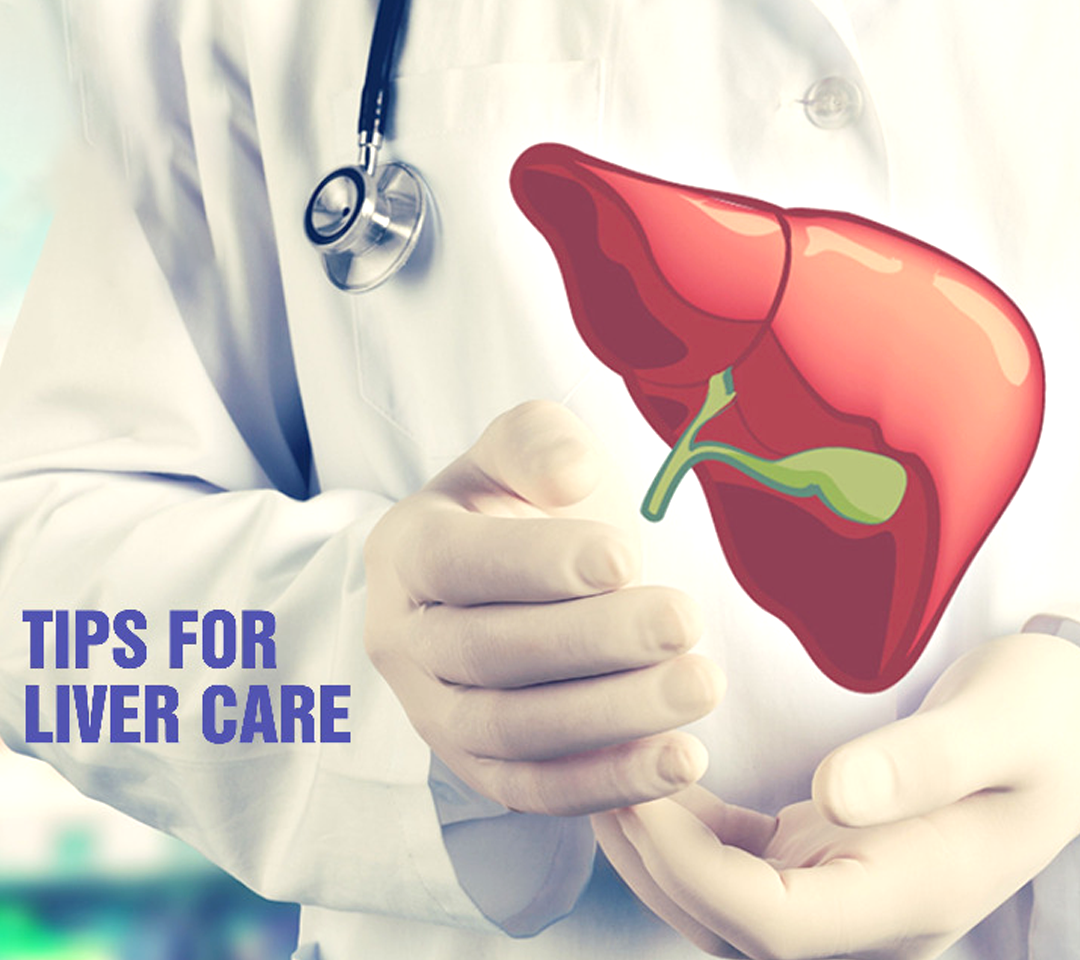
The Importance of Liver Health: Tips for a Healthy Liver
The Importance of Liver Health: Tips for a Healthy Liver, Th... Read More
How Do I Cure Asthma Naturally?
How Do I Cure Asthma Naturally, Avoiding triggers such ... Read More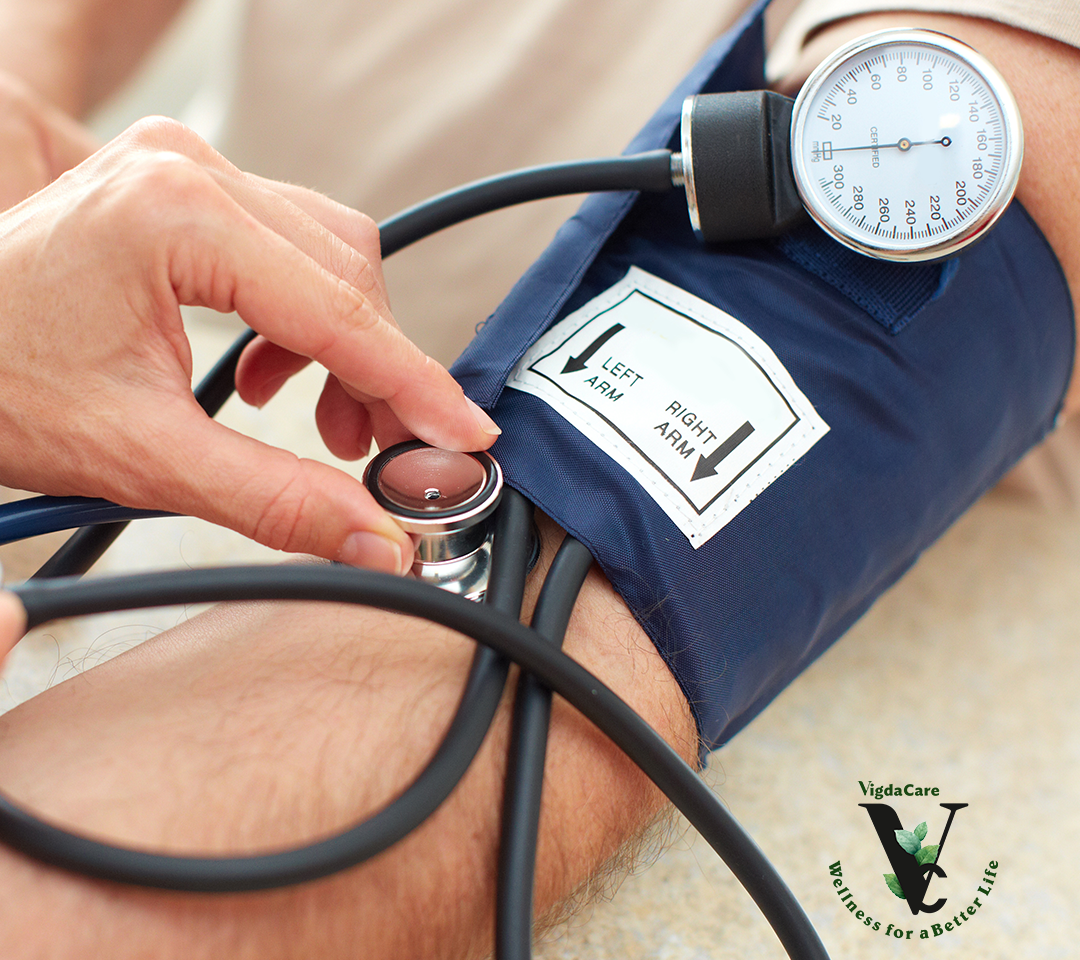
How Do I Control Blood Pressure?
How Do I Control Blood Pressure, High blood pressure, also k... Read More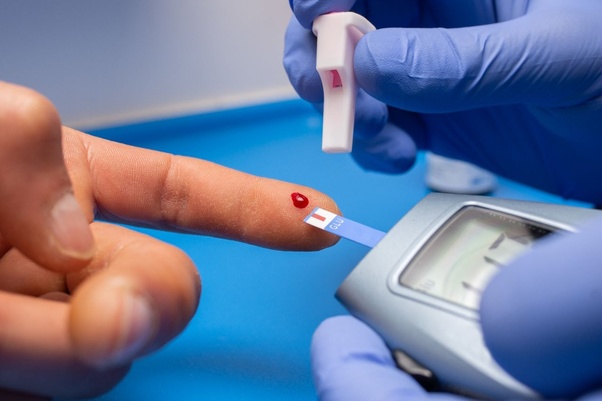
Is Ayurvedic Medicine For Diabetes Safe?
Is Ayurvedic Medicine For Diabetes Safe, Ayurvedic medi... Read More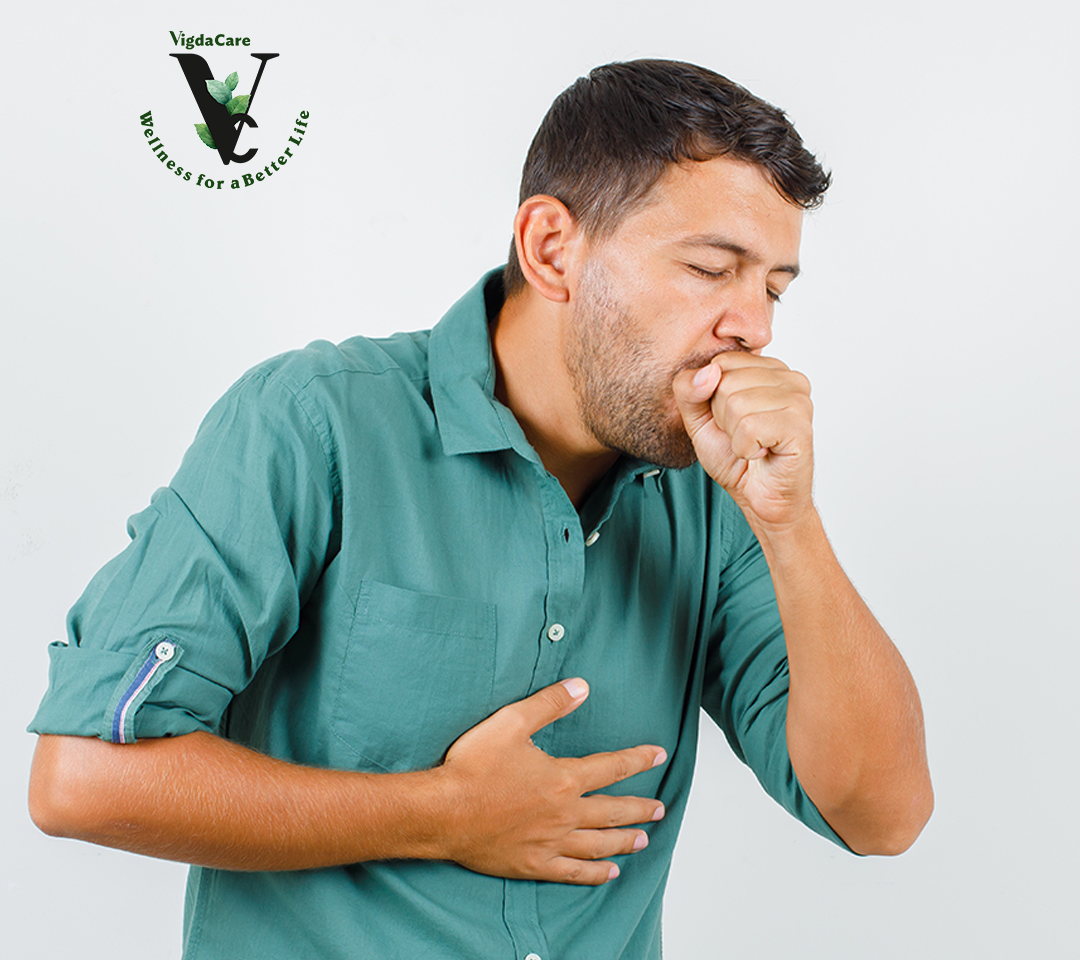
Which Is The Best Ayurvedic Cough Syrup?
Which Is The Best Ayurvedic Cough Syrup, There are sev... Read More
How Do I Boost Immunity With Natural Medication?
How Do I Boost Immunity With Natural Medication, There are s... Read More
What can I do to cure my PCOD/PCOS without medicine?
What can I do to cure my PCOD/PCOS without medicine, Po... Read More
Can Healthy Eating Prevent Cancer?
Can Healthy Eating Prevent Cancer Cancer is a complex d... Read More
How do we increase the immunity of our body?
How do we increase the immunity of our body, The human ... Read More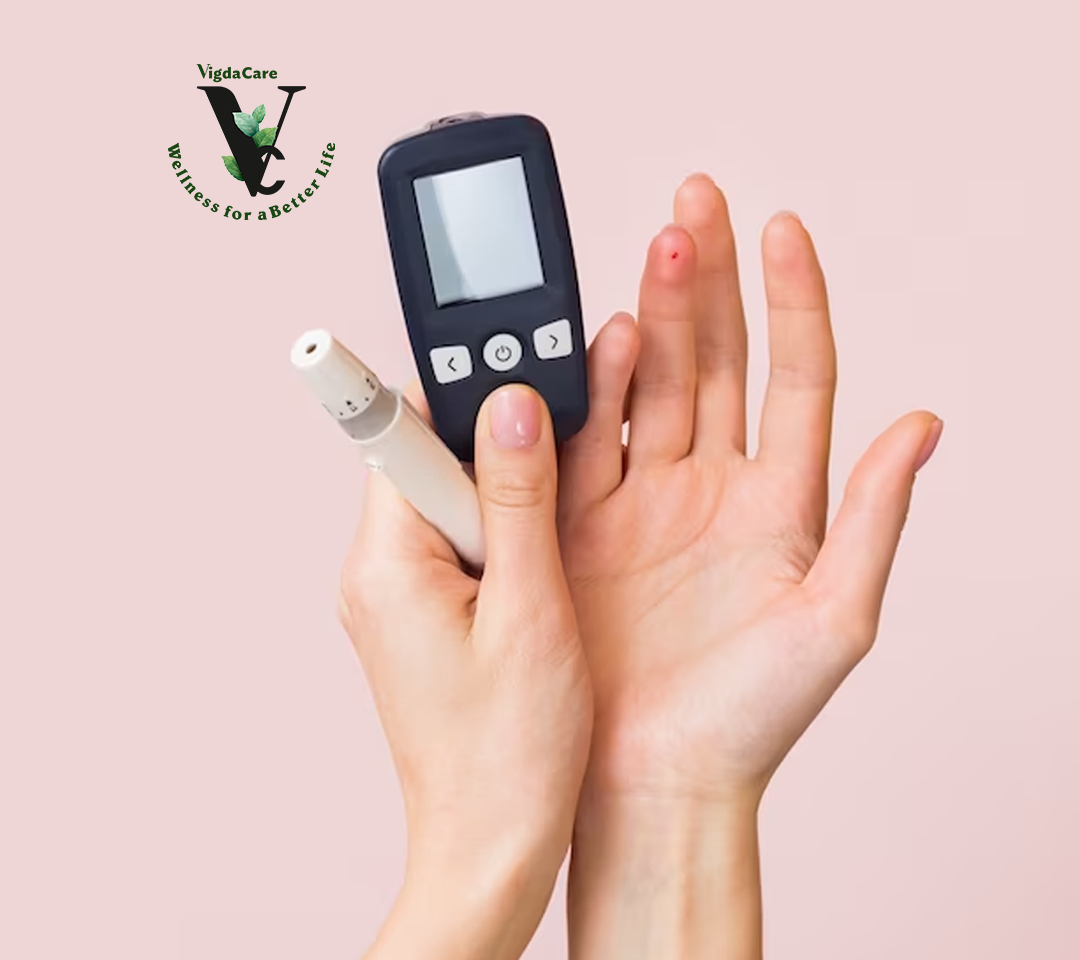
How do I reverse diabetes naturally in 30 days?
How do I reverse diabetes naturally in 30 days, Diabete... Read More
Are the immunity booster tablets safe?
Are the immunity booster tablets safe, Immunity booster... Read More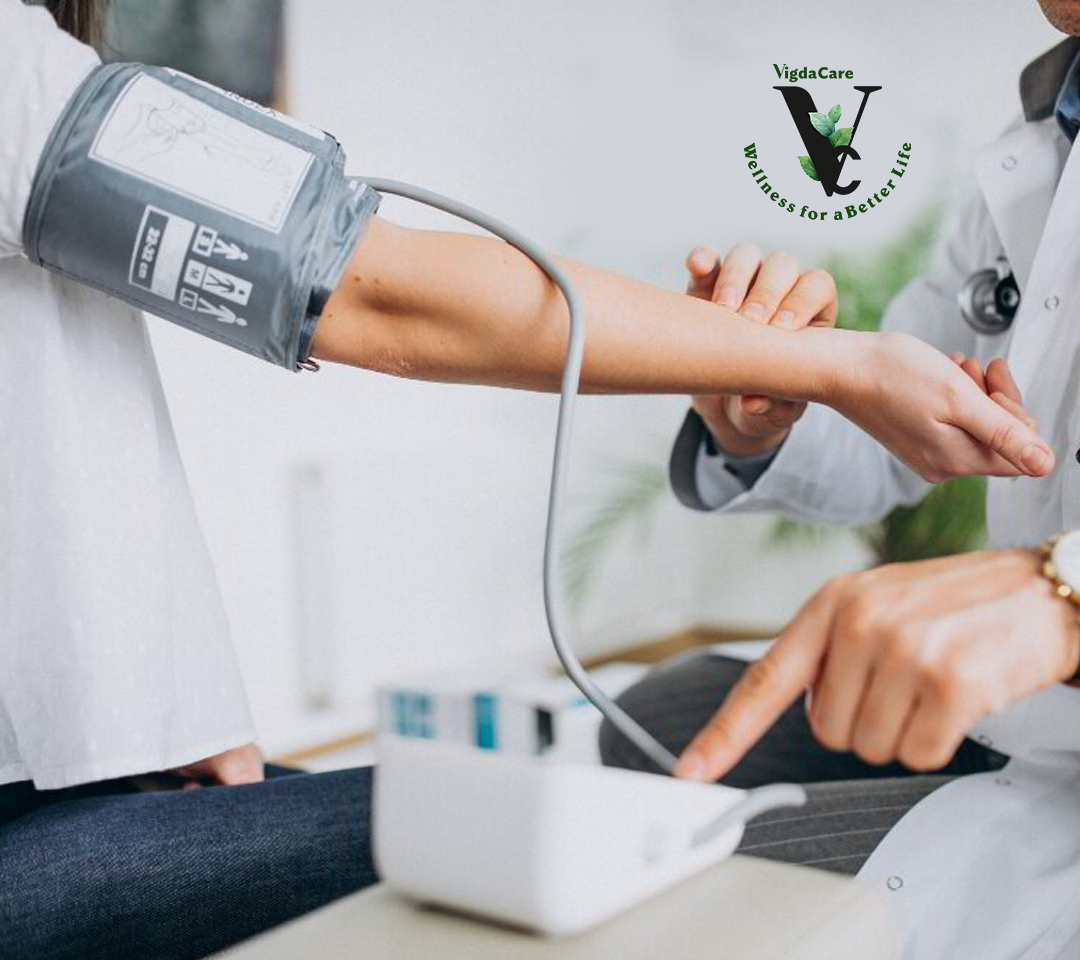
What Are Some Remedies For High BP?
What Are Some Remedies For High BP, High blood pressure... Read More
Which Is The Best Ayurveda Natural Oil For My Joint Pain?
Which Is The Best Ayurveda Natural Oil For My Joint Pain,&nb... Read More
Can PCOD Be Cured? Is There Any Natural Way Of It?
Can PCOD Be Cured? Is There Any Natural Way Of It, PCOD... Read More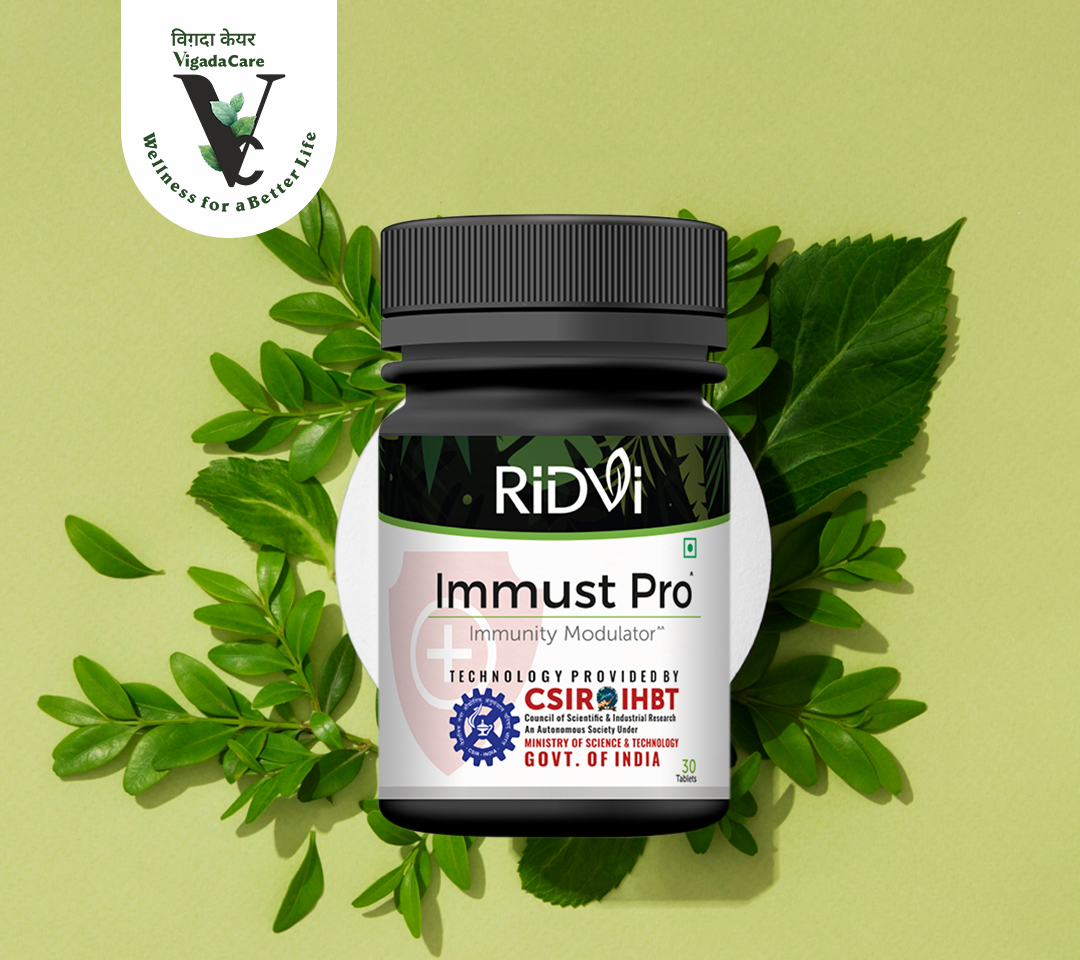
Are There Any Supplements That Help Improve Immunity?
Are There Any Supplements That Help Improve Immunity, U... Read More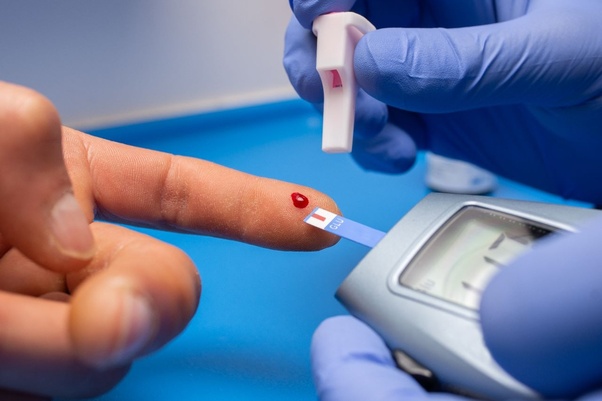
How Do I Stabilize Blood Sugar With Ayurveda?
How Do I Stabilize Blood Sugar With Ayurveda, Diabetes ... Read More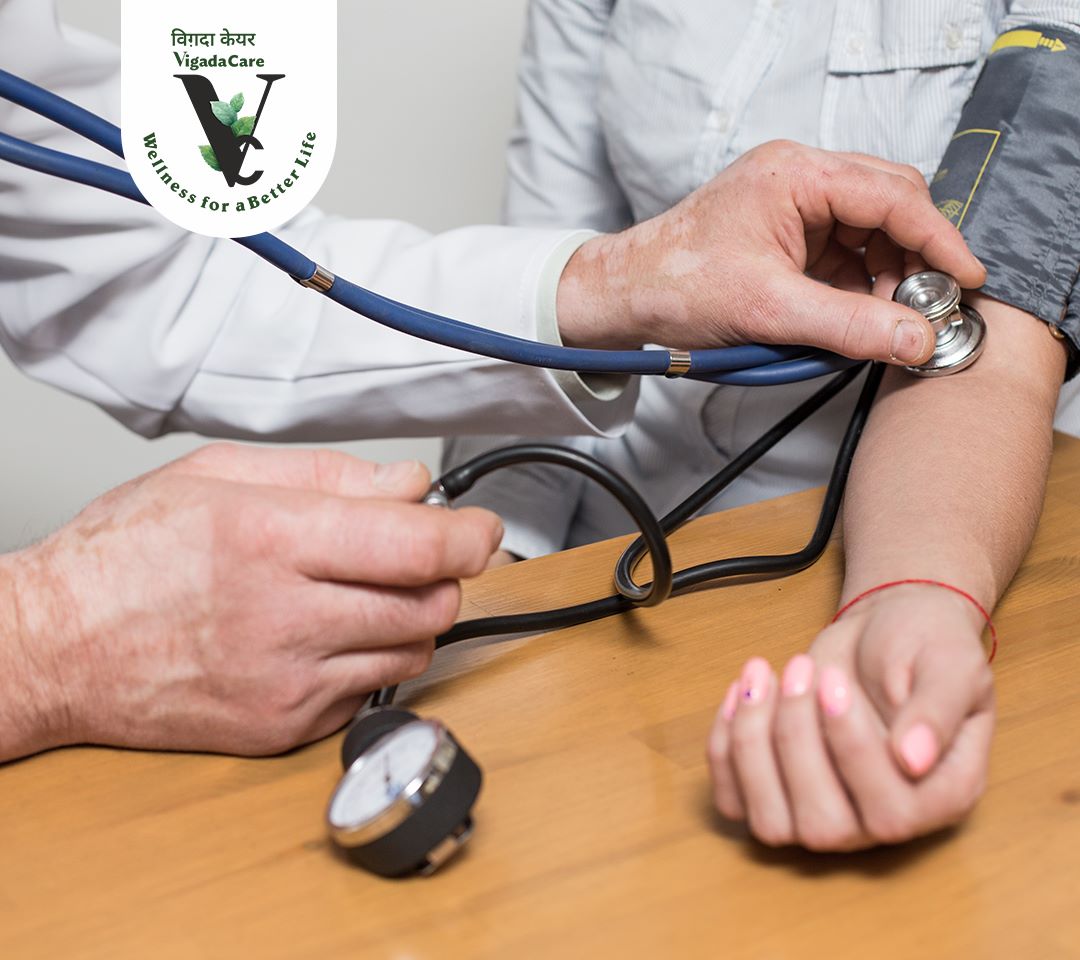
What's The Best Natural Medicine For BP?
What's The Best Natural Medicine For BP, It's important... Read More
Is There Any Ayurveda Treatment Of PCOD?
Is There Any Ayurveda Treatment Of PCOD, PCOD is a comm... Read More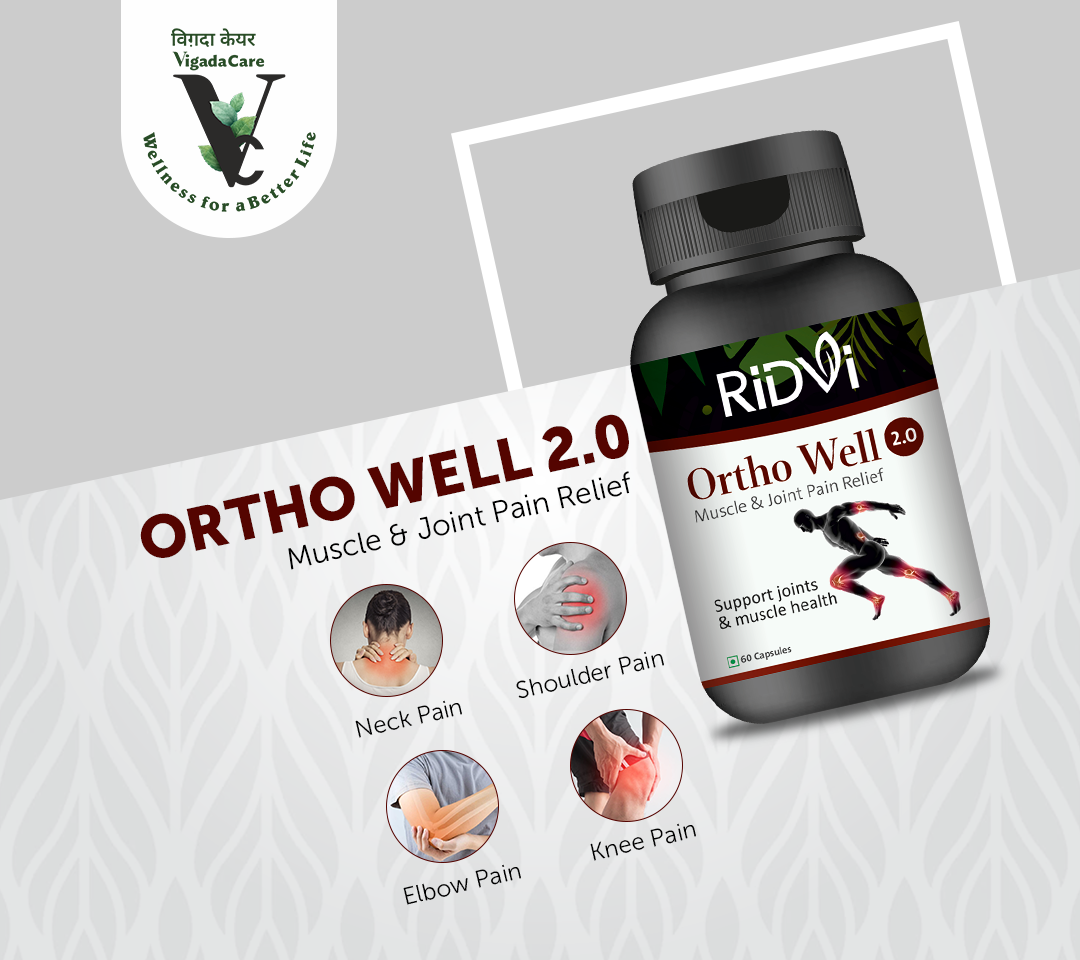
What Is The Best Ayurvedic Medicine For Joint Pain?
What Is The Best Ayurvedic Medicine For Joint Pain, The... Read More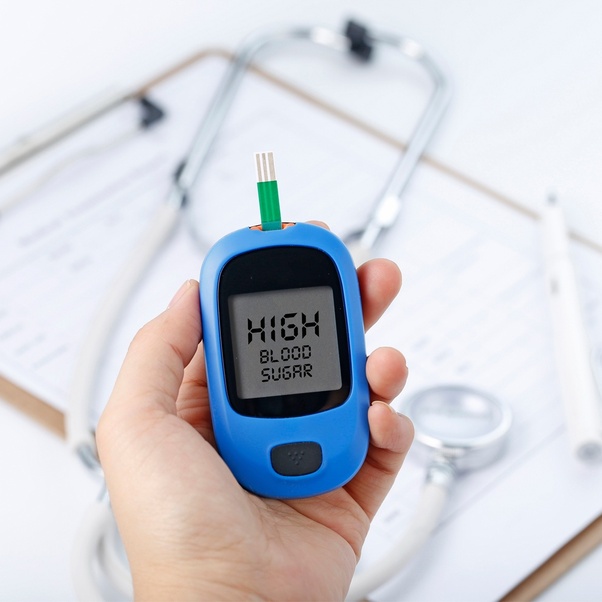
What Do You Do When Blood Sugar Is High?
What Do You Do When Blood Sugar Is High, If you have di... Read More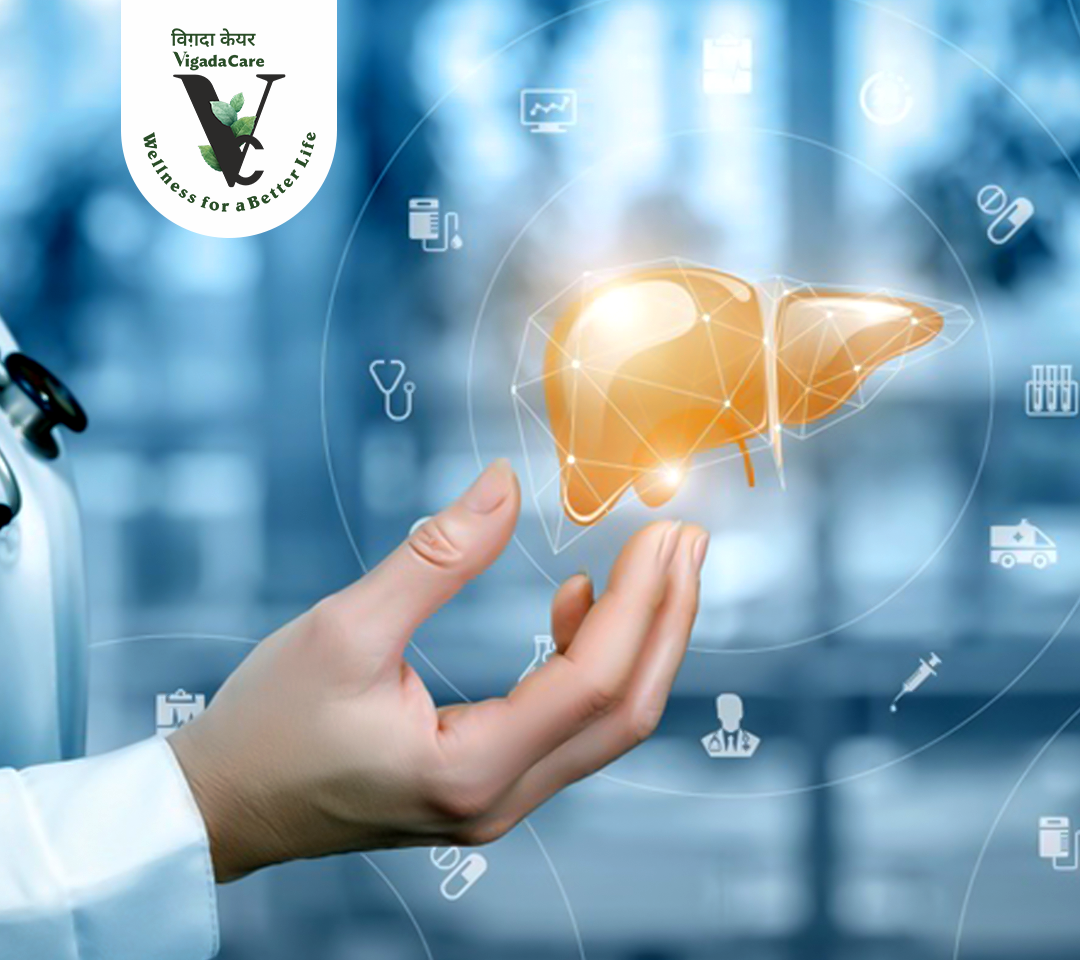
Is There Any Ayurvedic Treatment For Jaundice?
Is There Any Ayurvedic Treatment For Jaundice, Yes, Ayu... Read More
Which Is The Best Oil For Joints Pain Available In India?
Which Is The Best Oil For Joints Pain Available In India,&nb... Read More
Can PCOS Really Make You Fat?
Can PCOS Really Make You Fat, PCOD or PCOS (polycystic ... Read More
Is Taking CoQ10 Supplement Is Safe?
Is Taking CoQ10 Supplement Is Safe, Yes, Coenzyme Q10 (... Read More
How Do I Cure Asthma Naturally?
How Do I Cure Asthma Naturally, Asthma is a chronic res... Read More
How Can I Remove Beginning Joint Pain With A Home Remedy?
How Can I Remove Beginning Joint Pain With A Home Remedy,&nb... Read More
What Should I Do To Get Regular Periods?
What Should I Do To Get Regular Periods, To ensure regu... Read More
How Can I Cure Asthma With Ayurveda?
How Can I Cure Asthma With Ayurveda, Asthma, a chronic ... Read More
Is It Better To Have Antioxidants Via Supplement Or Food Intake?
Is It Better To Have Antioxidants Via Supplement Or Food Int... Read More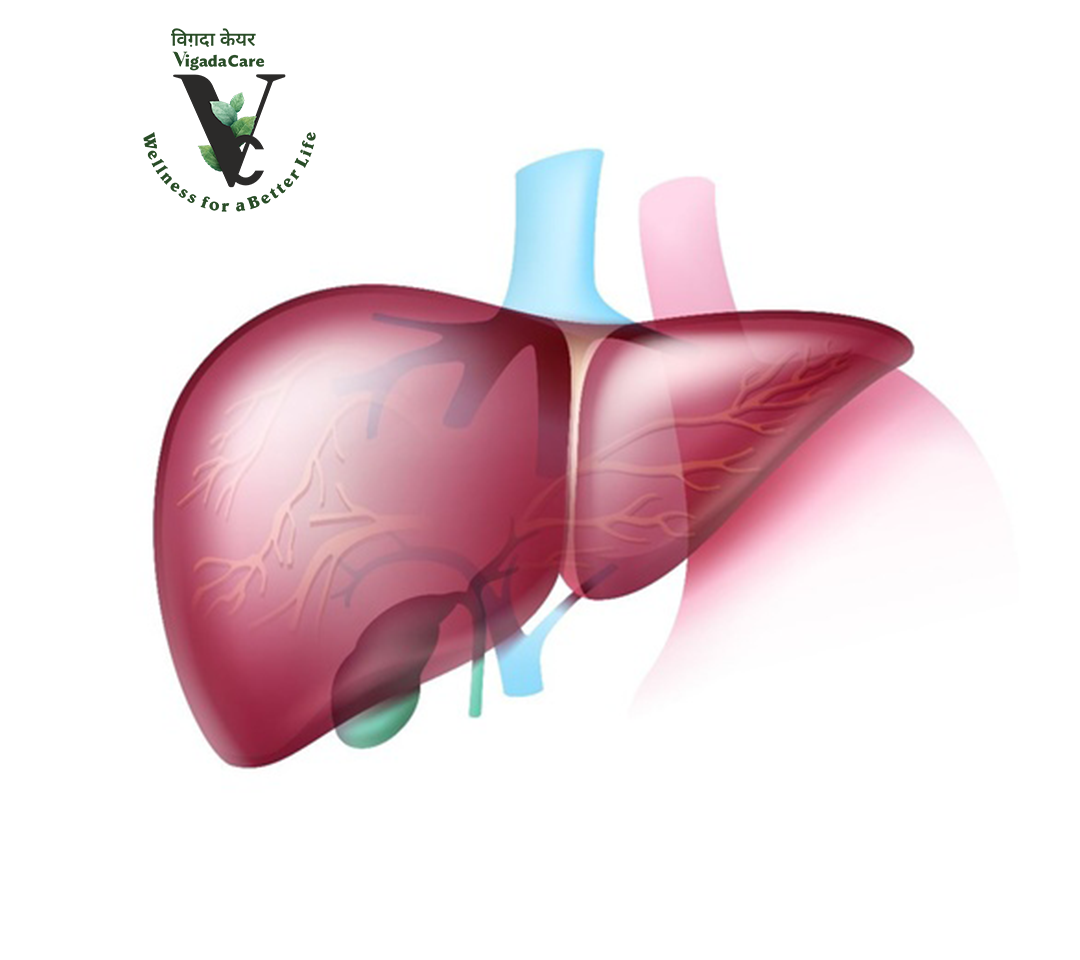
How Can I Reduce Bilirubin Levels In My Body?
How Can I Reduce Bilirubin Levels In My Body, Bilirubin... Read More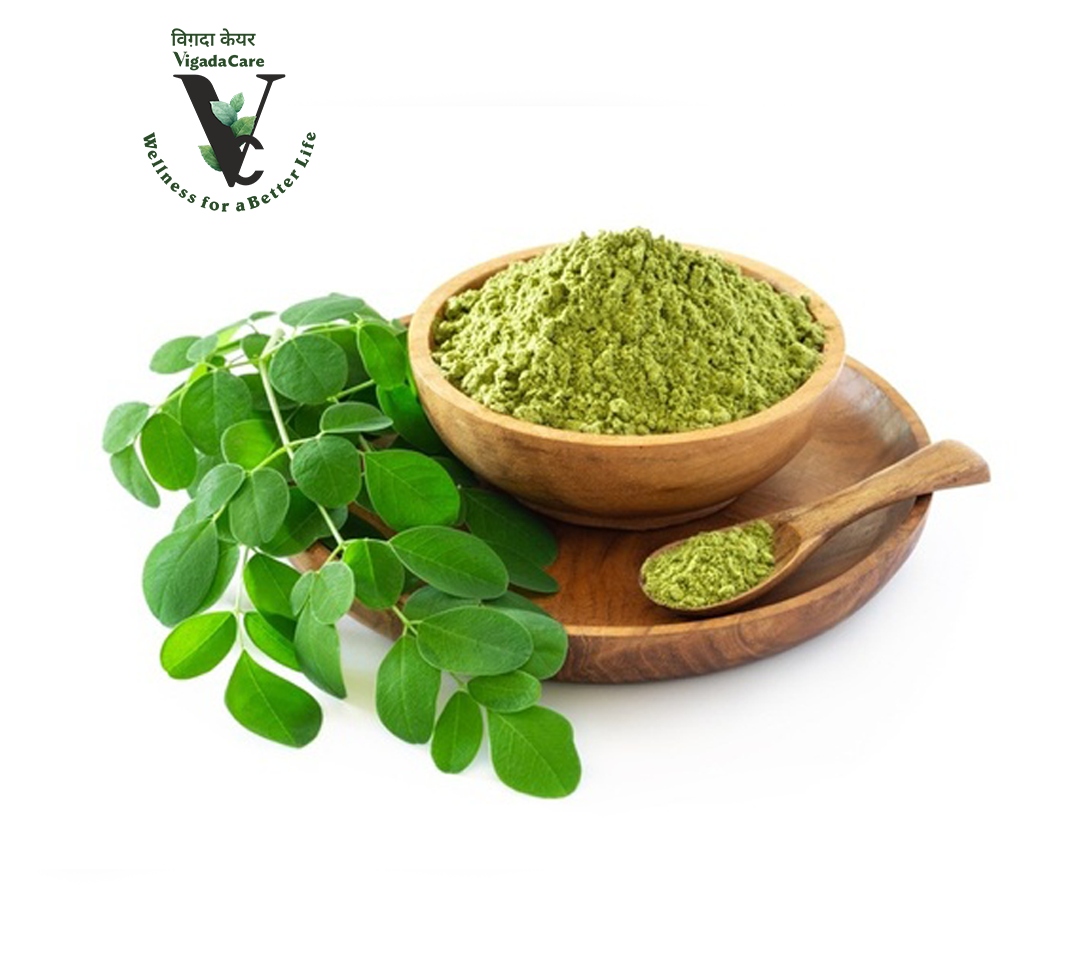
How Good Is Moringa Leaf Powder For You?
How Good Is Moringa Leaf Powder For You, Moringa leaf p... Read More
How Can I Treat PCOS Naturally?
How Can I Treat PCOS Naturally, Polycystic ovary syndro... Read More
Do Antioxidants Prevent Cancer? How So?
Do Antioxidants Prevent Cancer? How So, Antioxidants, c... Read More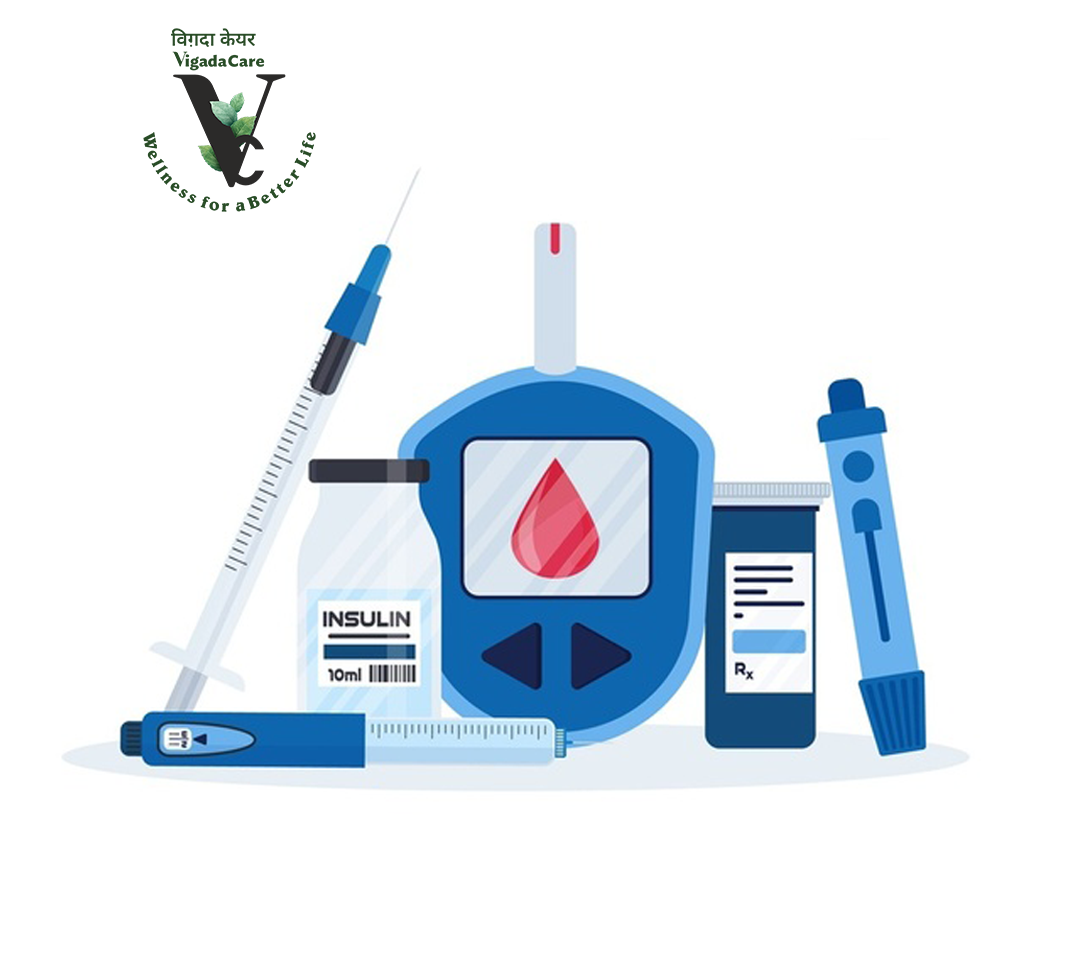
What Are The Primary Types Of Diabetes? What Role Does Ayurveda Imply In Treating Diabetes?
What Are The Primary Types Of Diabetes? What Role Does Ayurv... Read More
Is Massage Good For Sciatica?
Is Massage Good For Sciatica, Yes, massage can be extre... Read More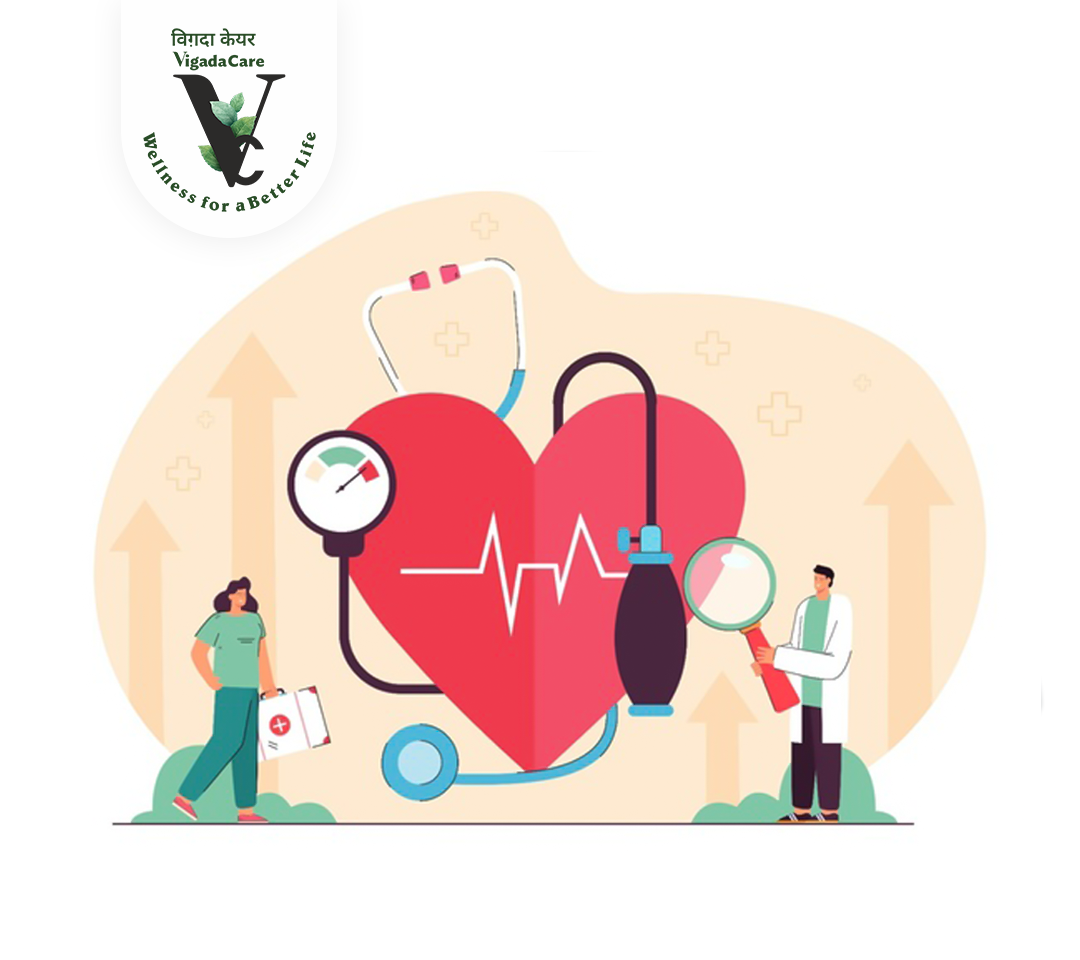
How do I treat blood pressure with Ayurveda?
How do I treat blood pressure with Ayurveda, Managing b... Read More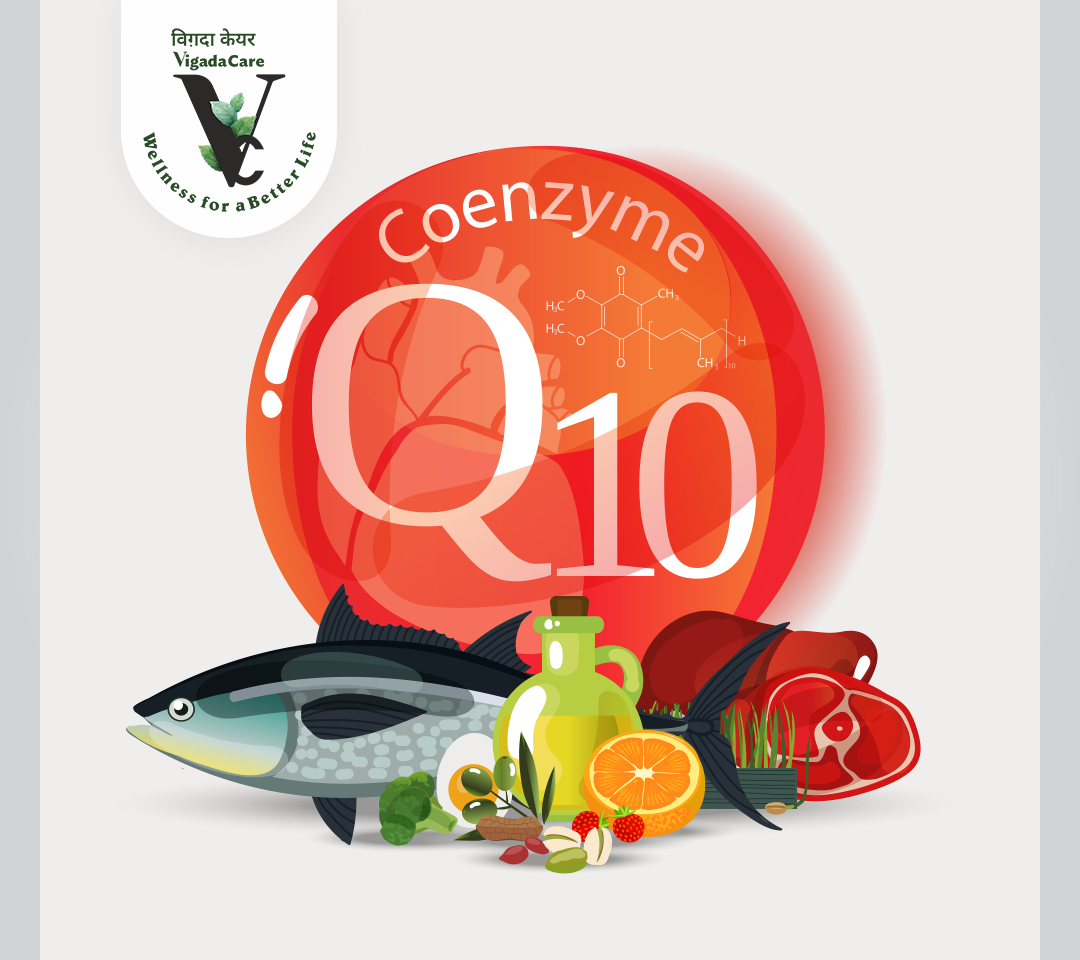
Do anti-oxidents help prevent cancer?
Do anti-oxidents help prevent cancer, Yes, antioxidants... Read More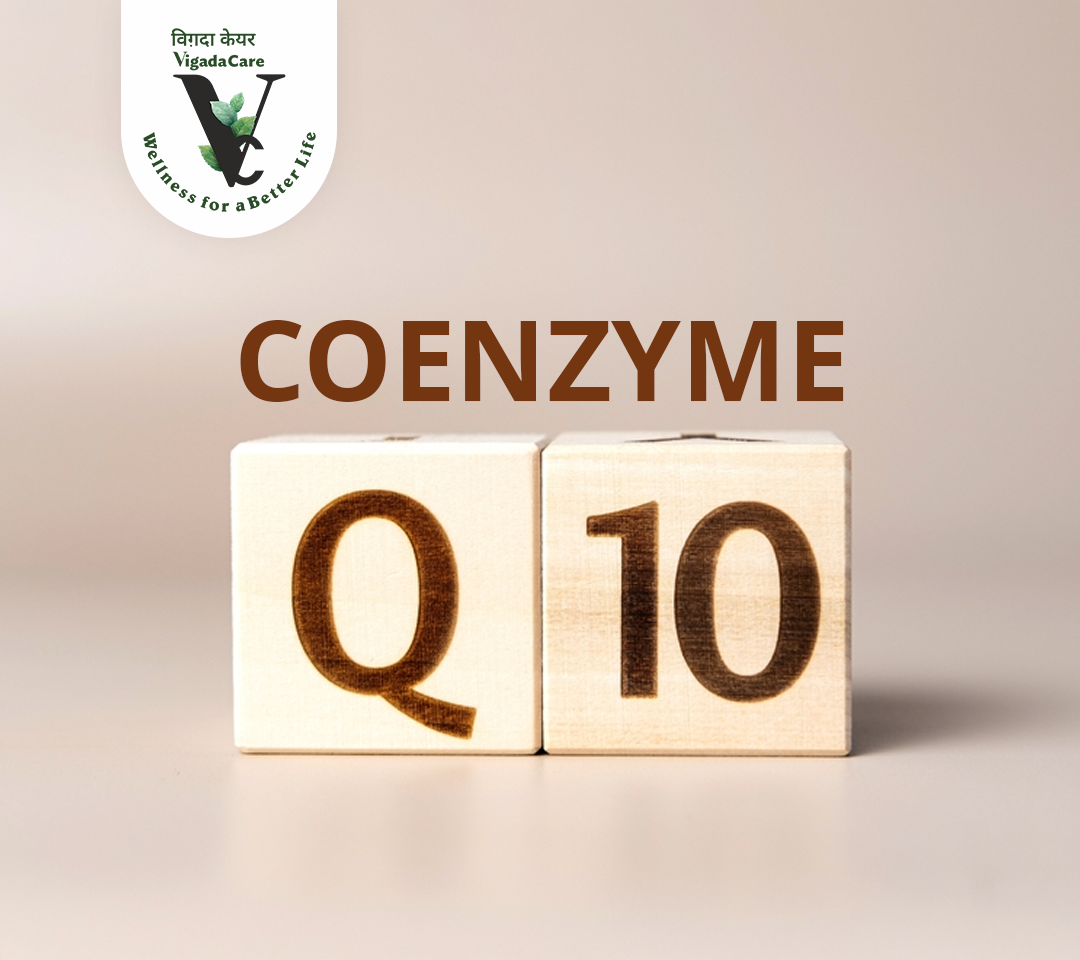
Why Are Antioxidants Good For The Skin?
Why Are Antioxidants Good For The Skin, Antioxidants pl... Read More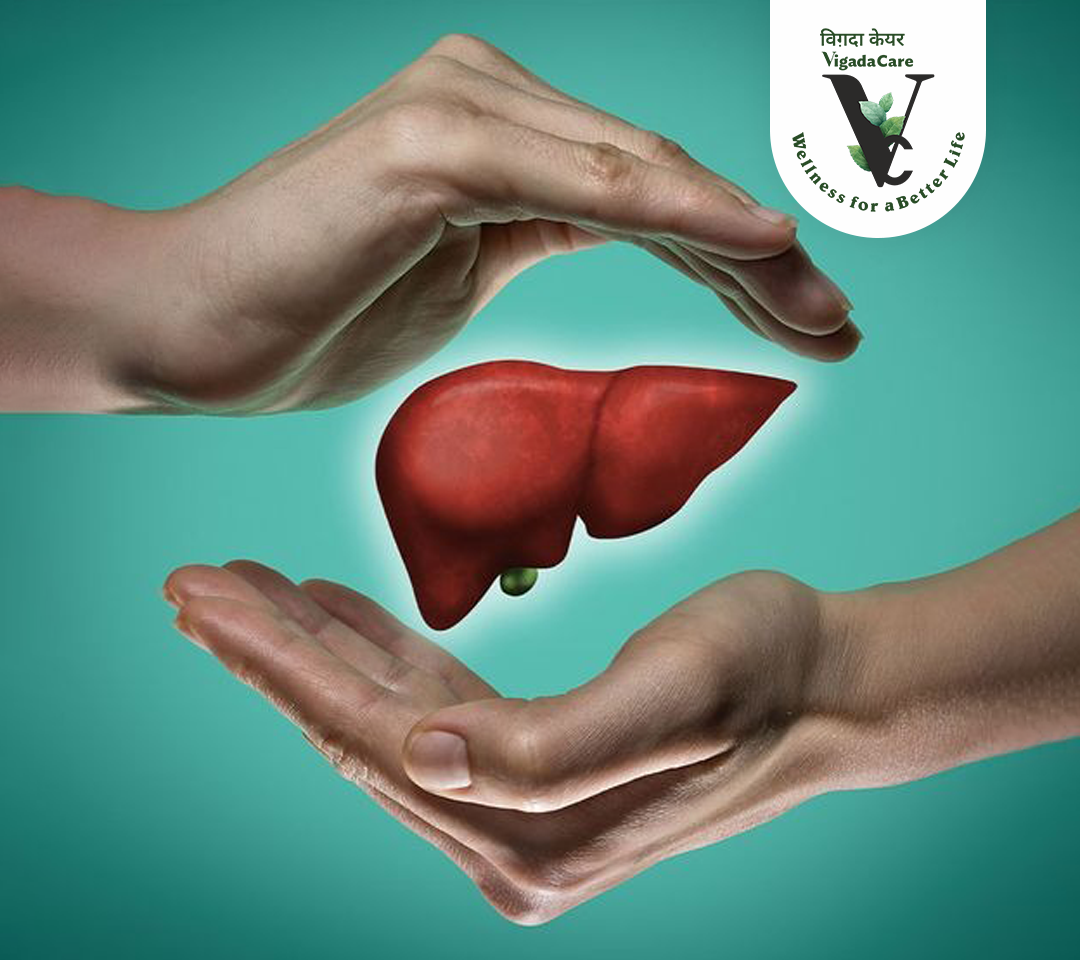
Tips for a Healthy Liver: Why is Liver Health Important?
Tips for a Healthy Liver: Why is Liver Health Important?&nbs... Read More
How Can I Treat My Asthma Naturally?
How Can I Treat My Asthma Naturally, Millions of indivi... Read More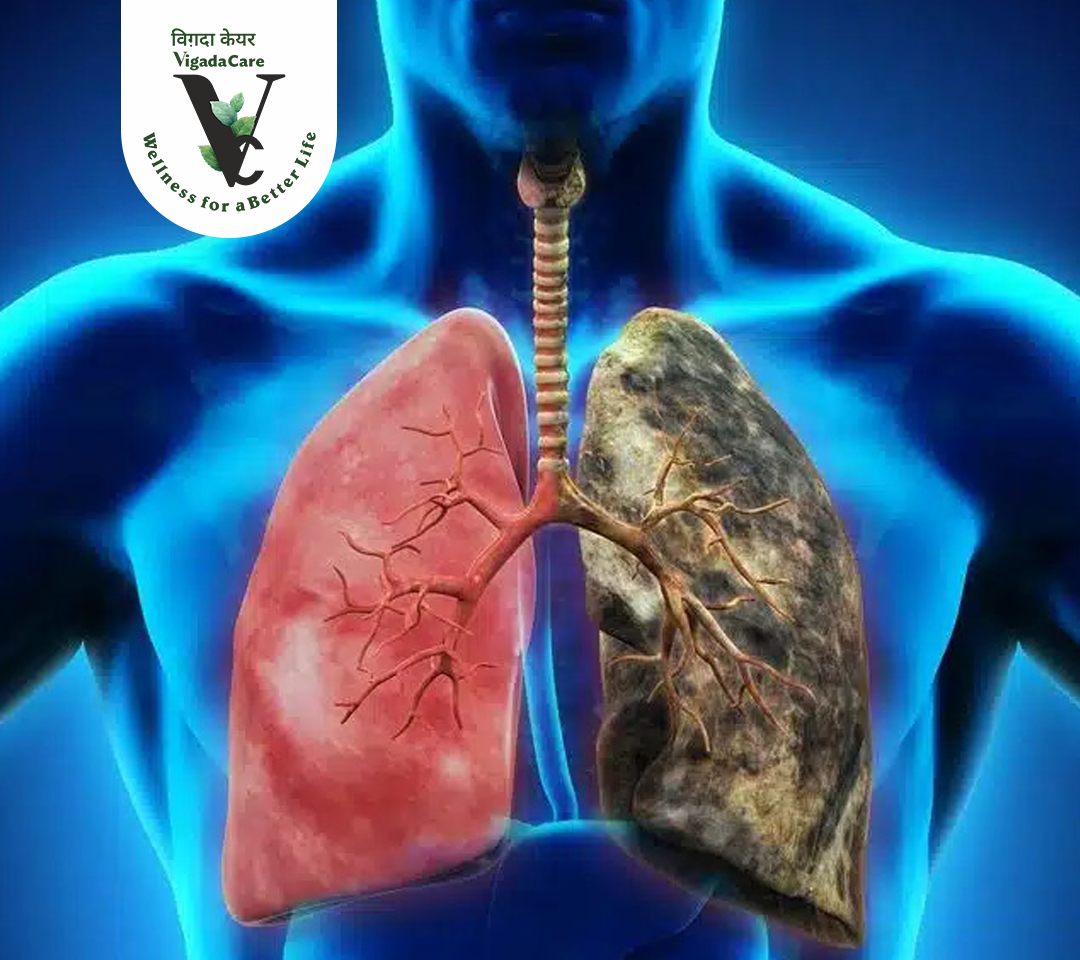
How Can I Keep My Respiratory System Healthy?
How can I keep my respiratory system healthy, Maintaining a ... Read More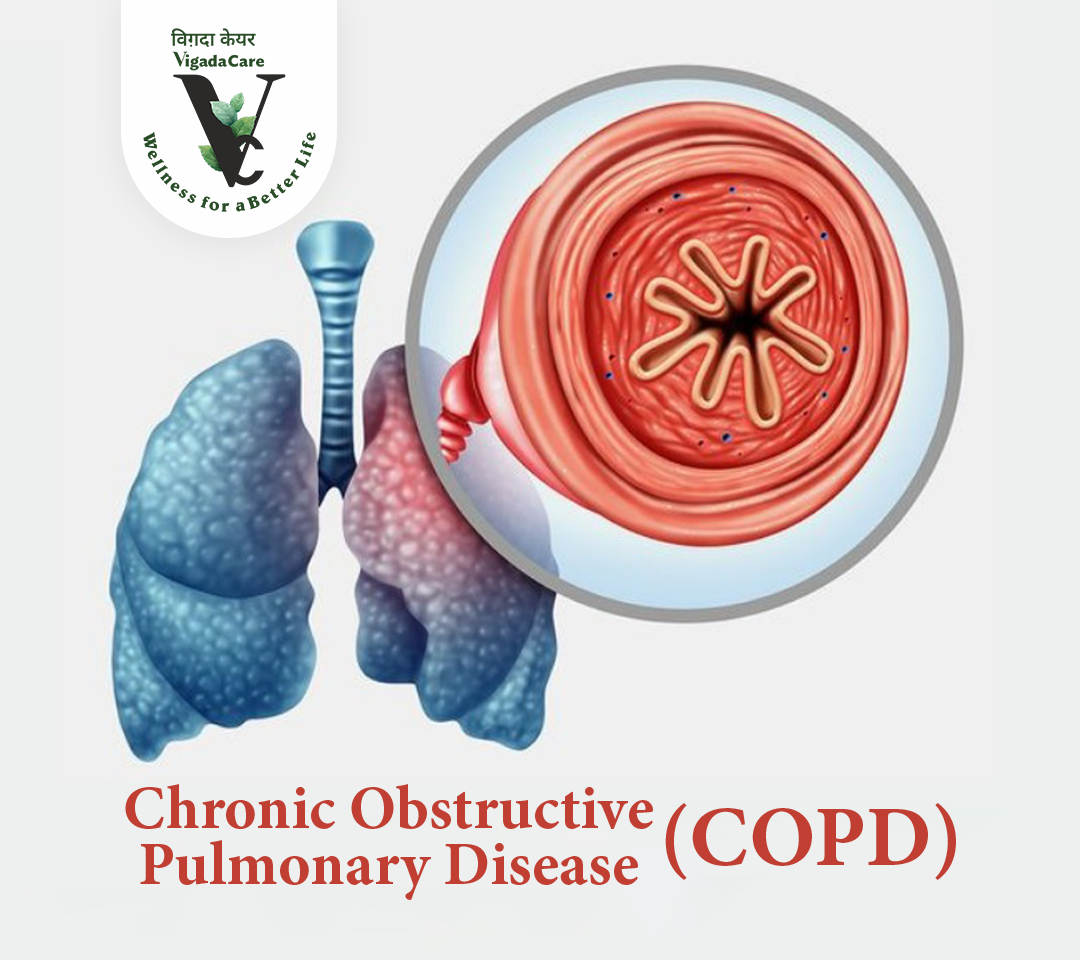
Is There Any Ayurveda Treatment Of COPD?
Is There Any Ayurveda Treatment Of COPD, COPD (Chronic ... Read More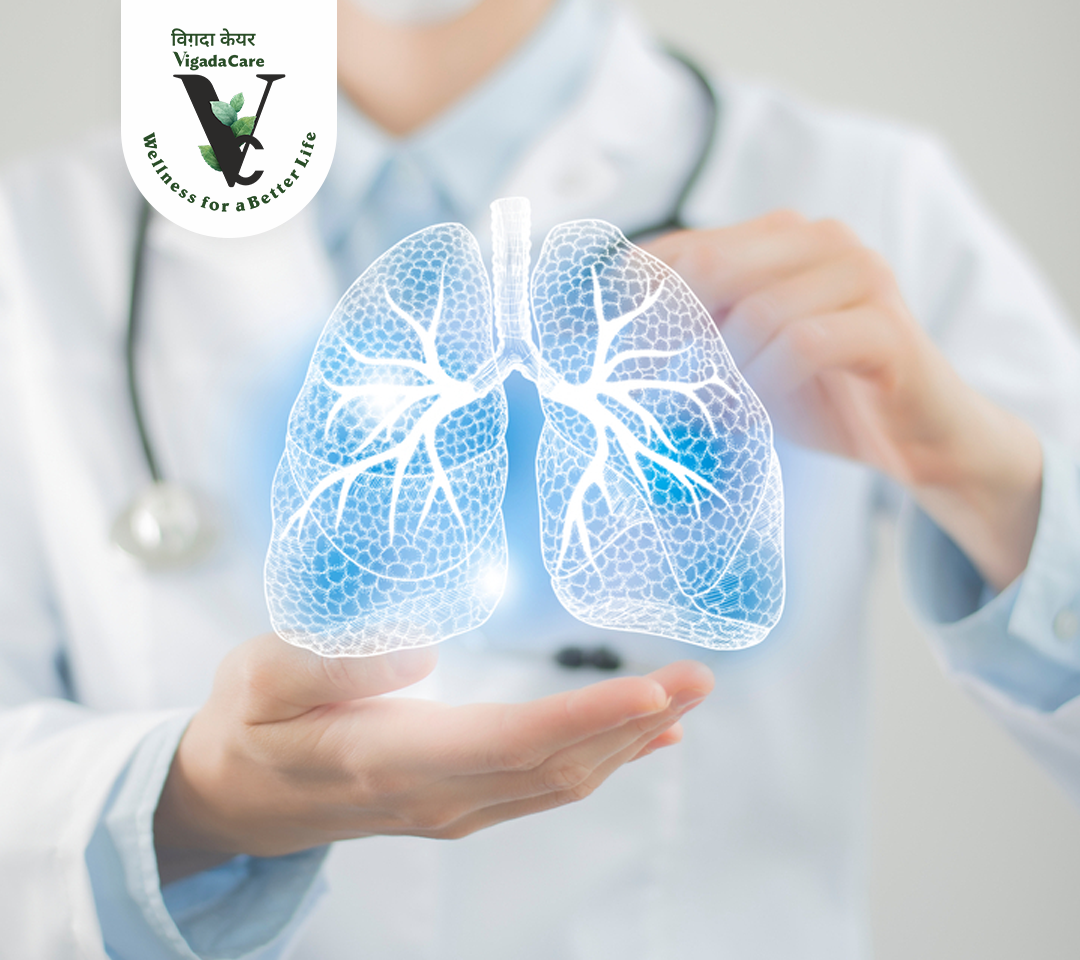
"Breath of Life: Essential Lung Health Tips for a Healthy Respiratory System"
"Breath of Life: Essential Lung Health Tips for a Healthy Re... Read More
How to Deal with Arthritis in winter?
How to Deal with Arthritis in winter? ... Read More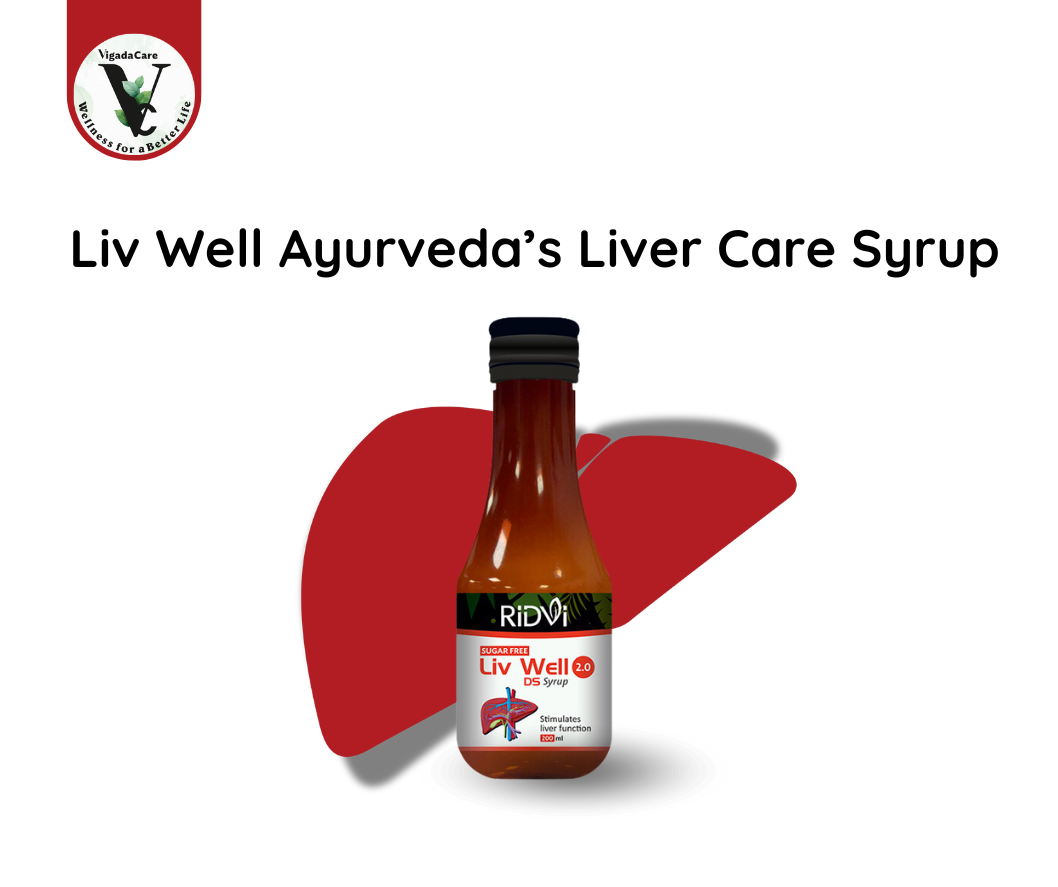
Ayurvedic Liver Syrup: Liv Well Ayurveda’s Liver Care Syrup: Health Benefits, Ingredients, and Uses
Ayurvedic Liver Syrup: Liv Well Ayurveda’s Liver Care ... Read More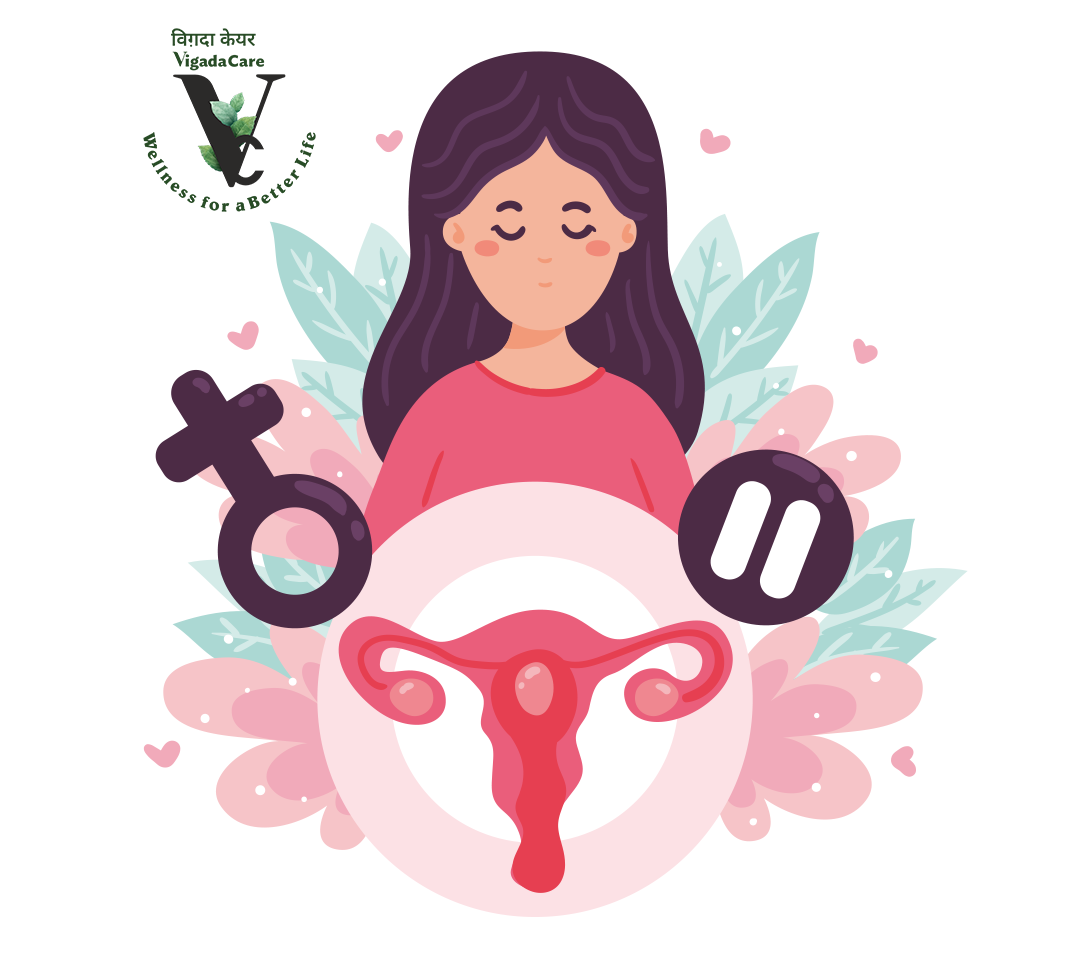
Understanding PCOD from an Ayurvedic Perspective
Understanding PCOD from an Ayurvedic Perspective &nbs... Read More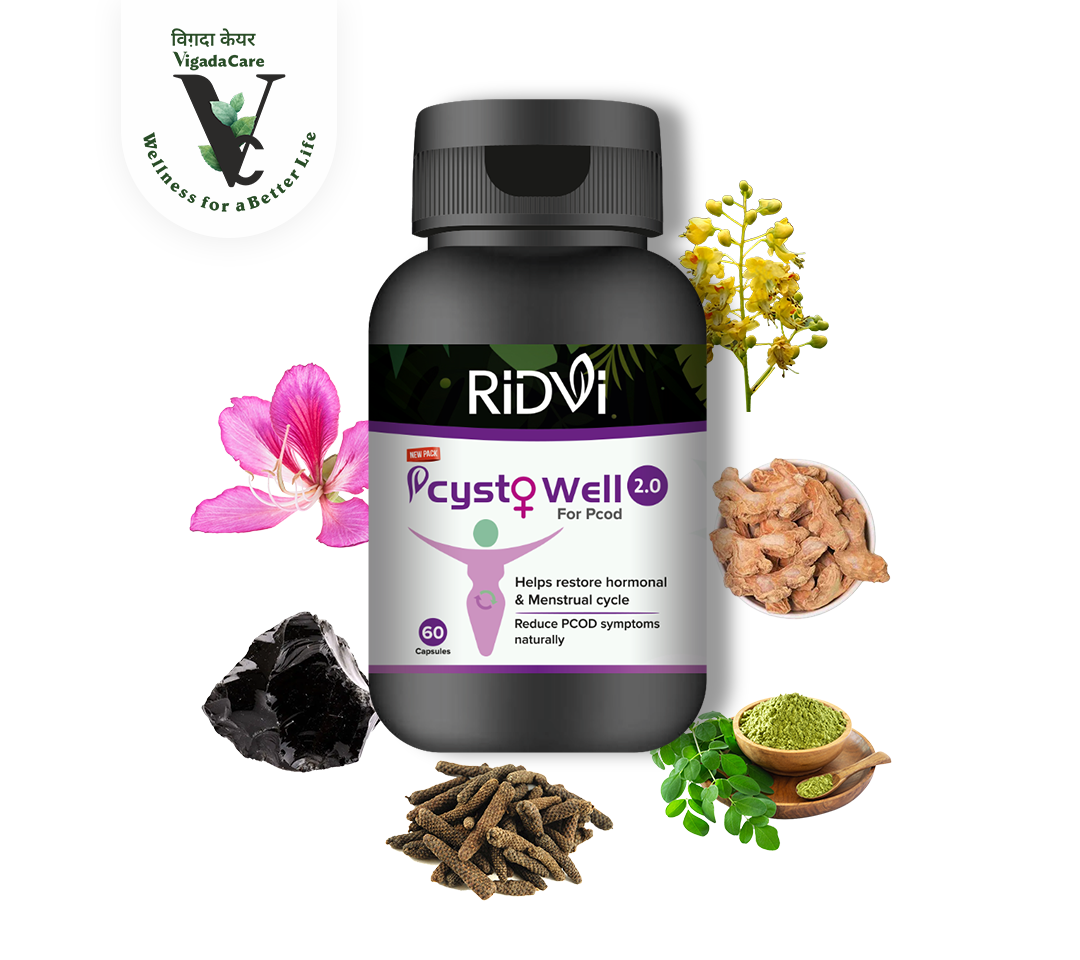
Common Herbs Used in Ayurveda for PCOD Treatment
Common Herbs Used in Ayurveda for PCOD Treatment Ayurvedic ... Read More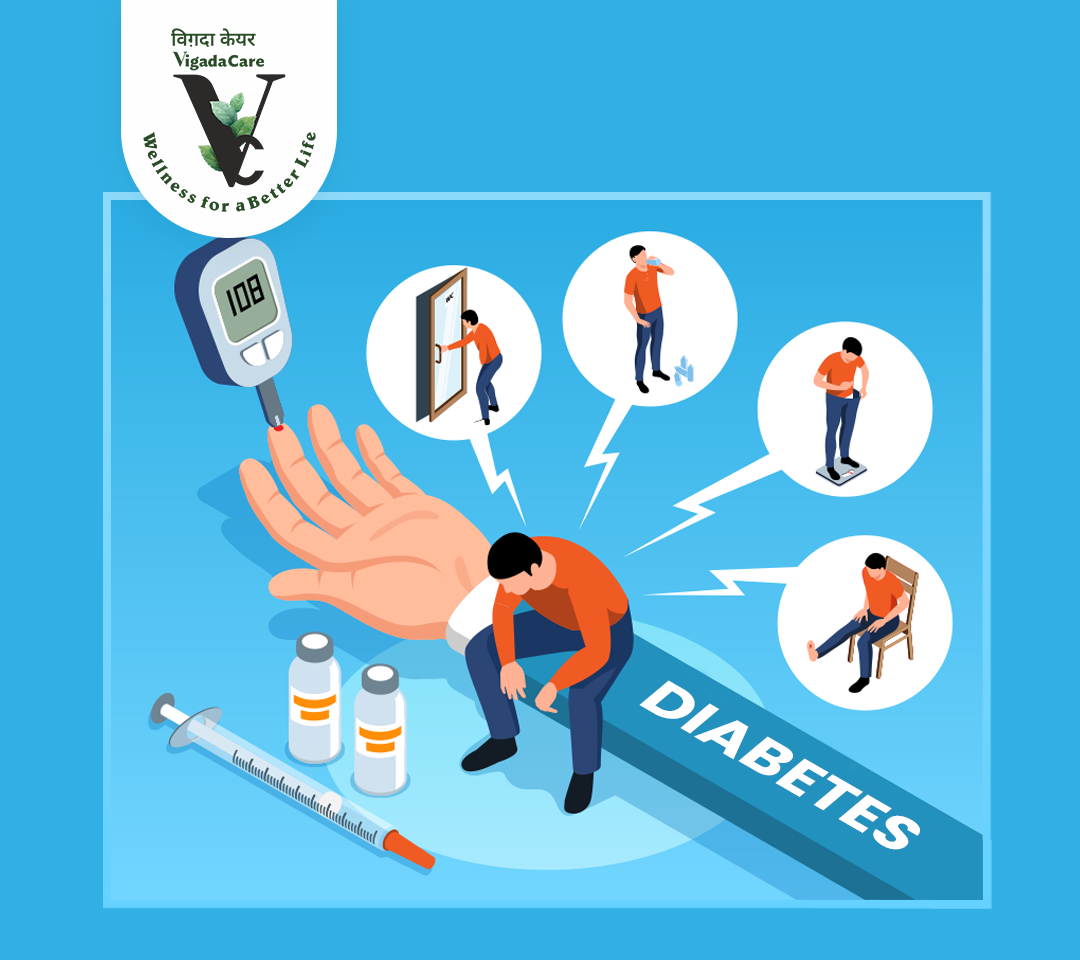
How is diabetes becoming a growing concern, and what are the Ayurvedic treatment options?
How is diabetes becoming a growing concern, and what are the... Read More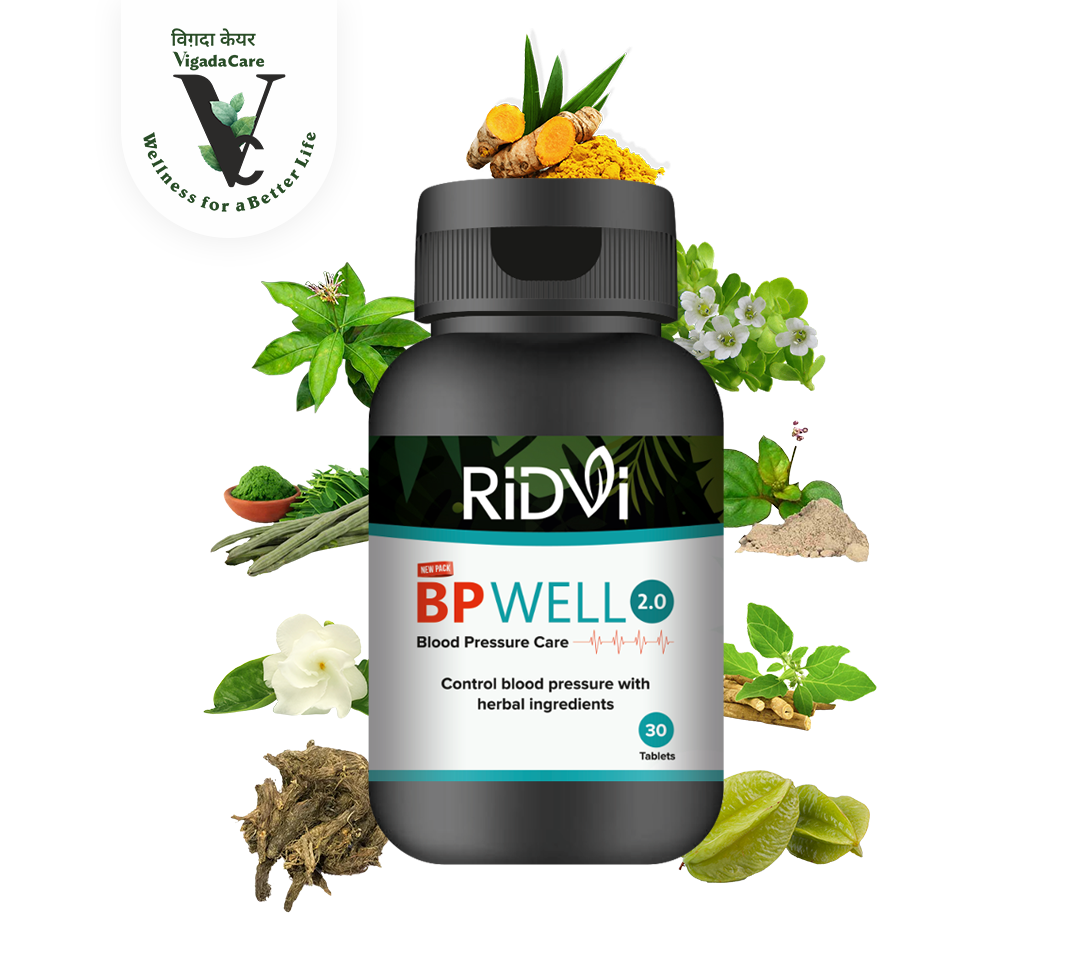
Managing Hypertension Remedy Naturally With RiDVi BP Well
Managing Hypertension Remedy Naturally With RiDVi BP Well&nb... Read More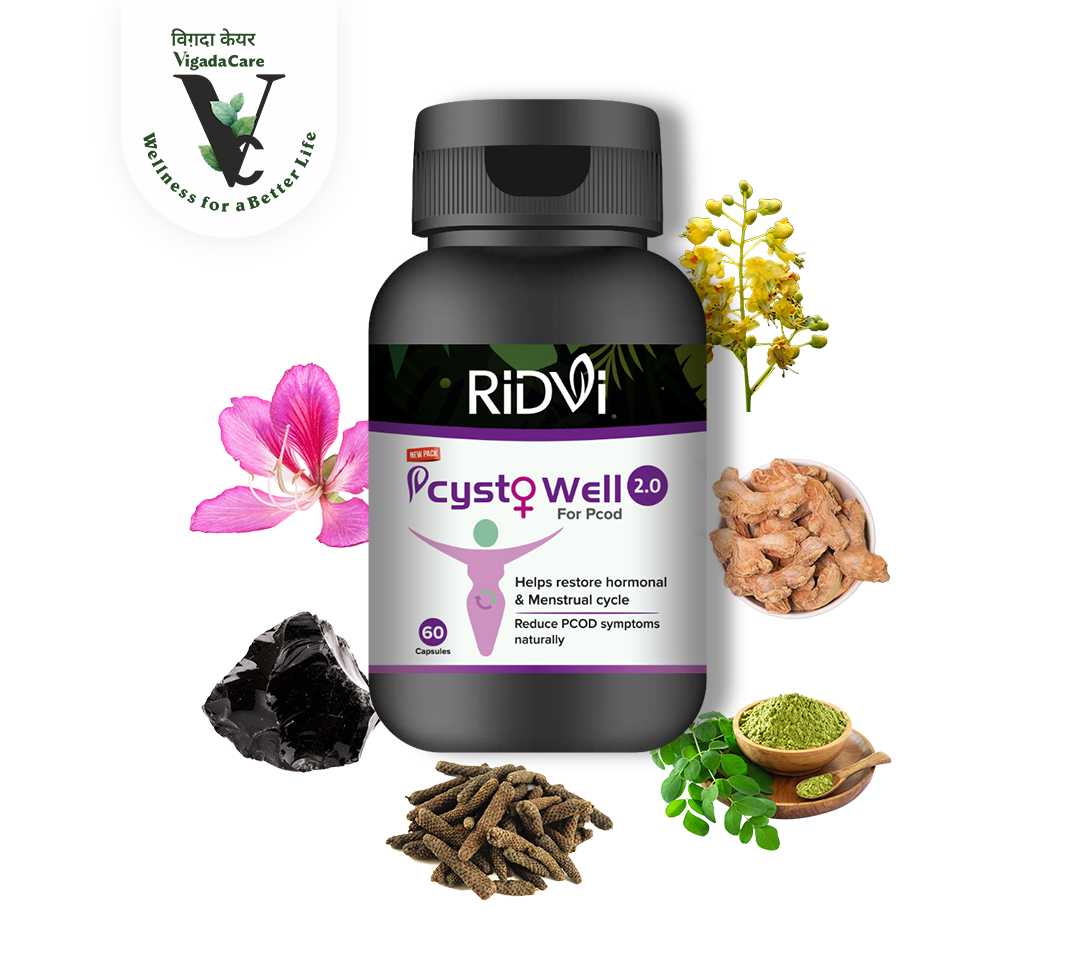
Top 10 Ayurvedic Remedies for Managing PCOD
Top 10 Ayurvedic Remedies for Managing PCOD Polycysti... Read More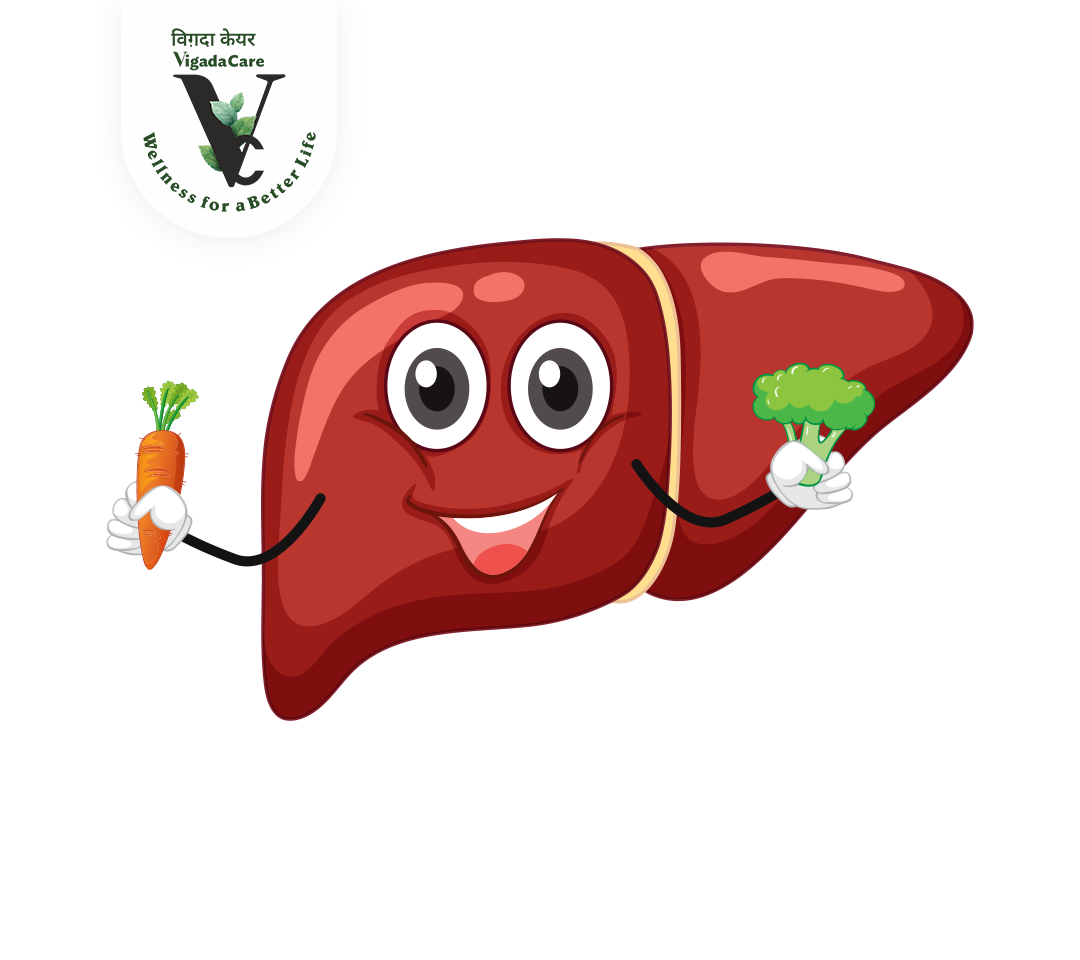
The Silent Giant: Why Your Liver Is Vital to Your Overall Health
The Silent Giant: Why Your Liver Is Vital to Your Overall He... Read More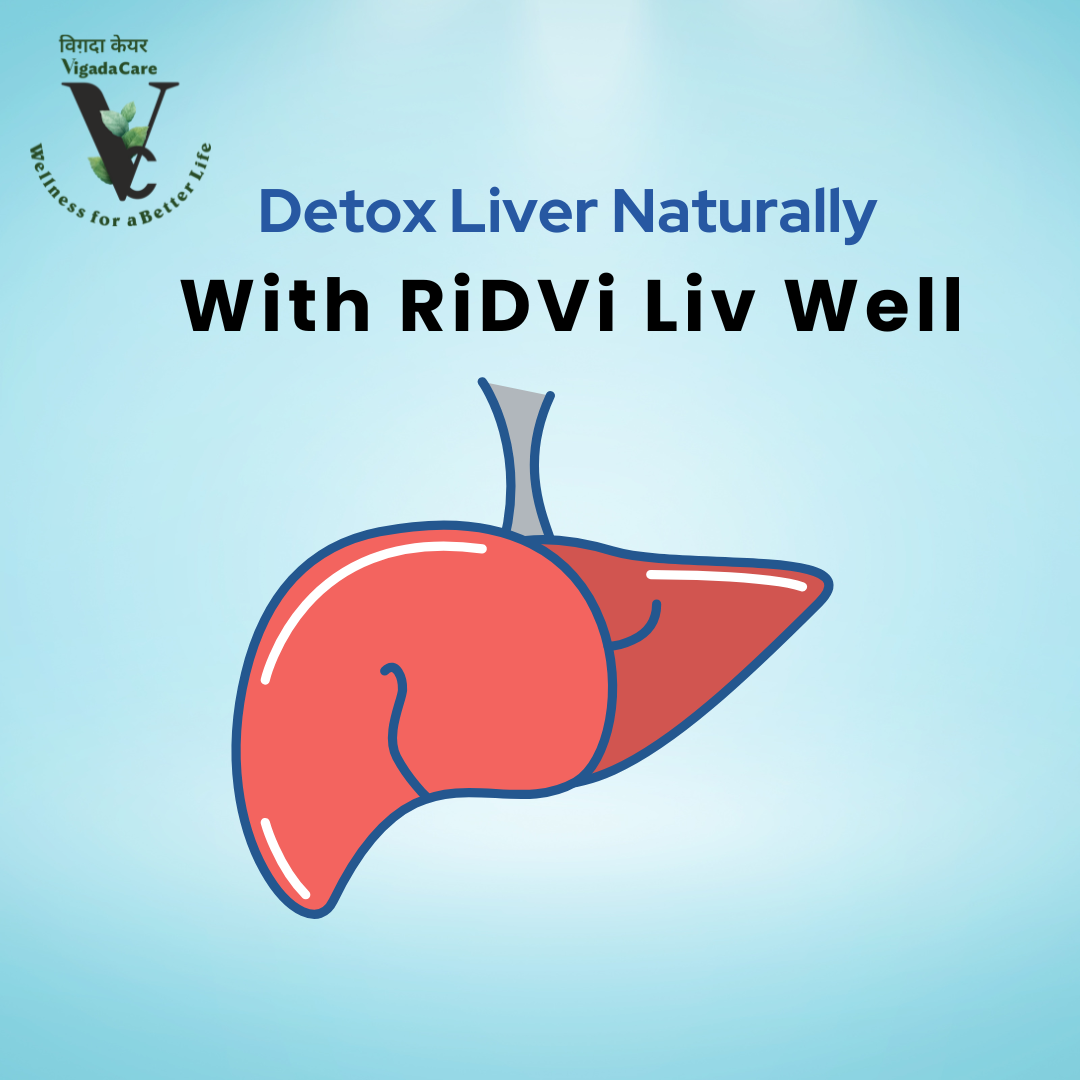
Detox Liver Naturally with Ayurvedic Medicine: RiDVi Liv Well Tablets
Detox Liver Naturally with Ayurvedic Medicine: RiDVi Liv Wel... Read More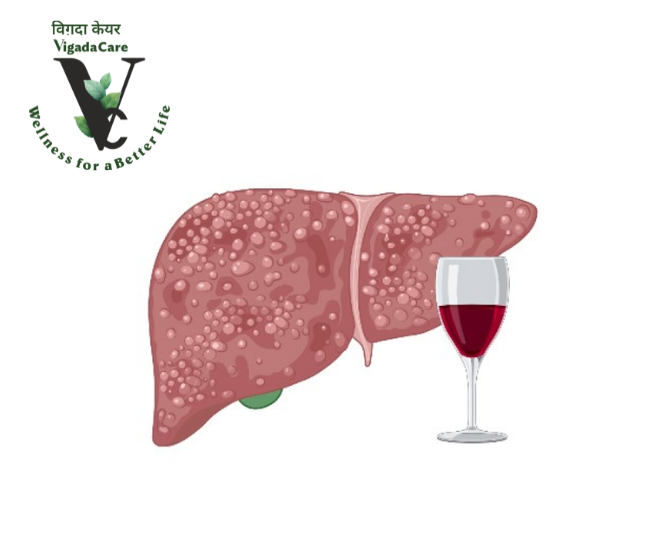
The Effects of Alcohol on the Liver and Prevention with RiDVi Liv Well Ayurvedic Medicine
The Effects of Alcohol on the Liver and Prevention with RiDV... Read More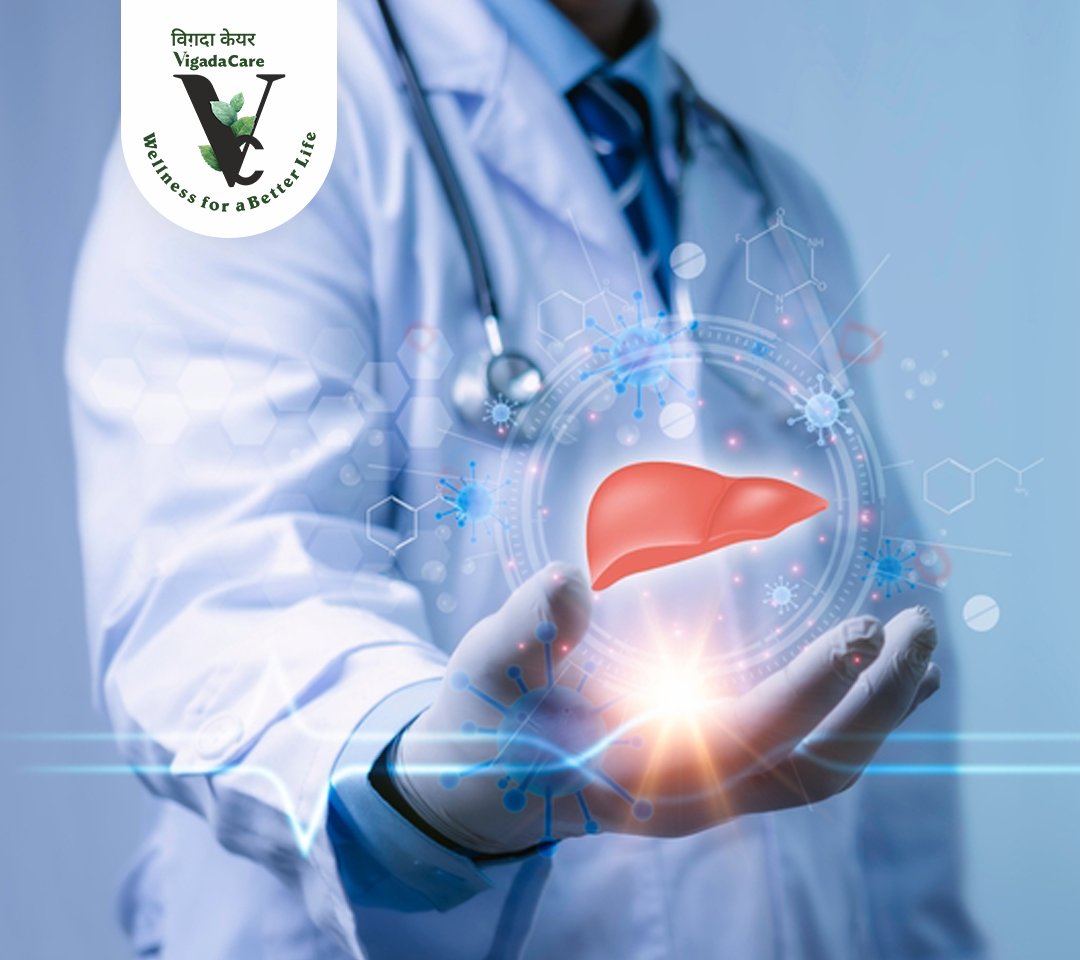
Liver Health During the Monsoon: Prevention Tips with Ayurvedic Products
Liver Health During the Monsoon: Prevention Tips with Ayurve... Read More
How to Keep Your Bones and Joints Healthy During the Monsoon Season?
How to Keep Your Bones and Joints Healthy During the Monsoon... Read More
The Air You Breathe – Preventing Respiratory Diseases with RiDVi Breathe Well
The Air You Breathe – Preventing Respiratory Diseases ... Read More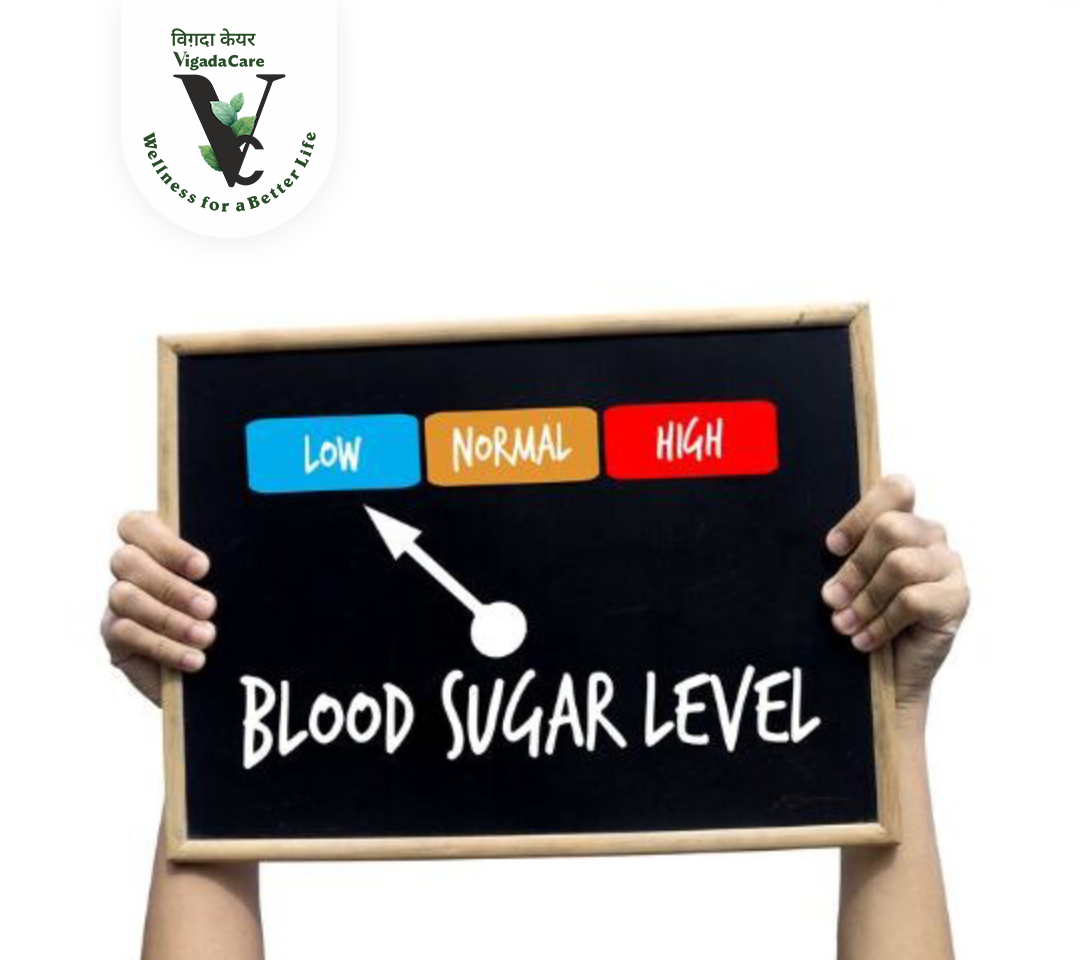
How Ayurveda RiDVi Gluco Well Medicine Can Help You Control Your Blood Sugar?
How Ayurveda RiDVi Gluco Well Medicine Can Help You Control ... Read More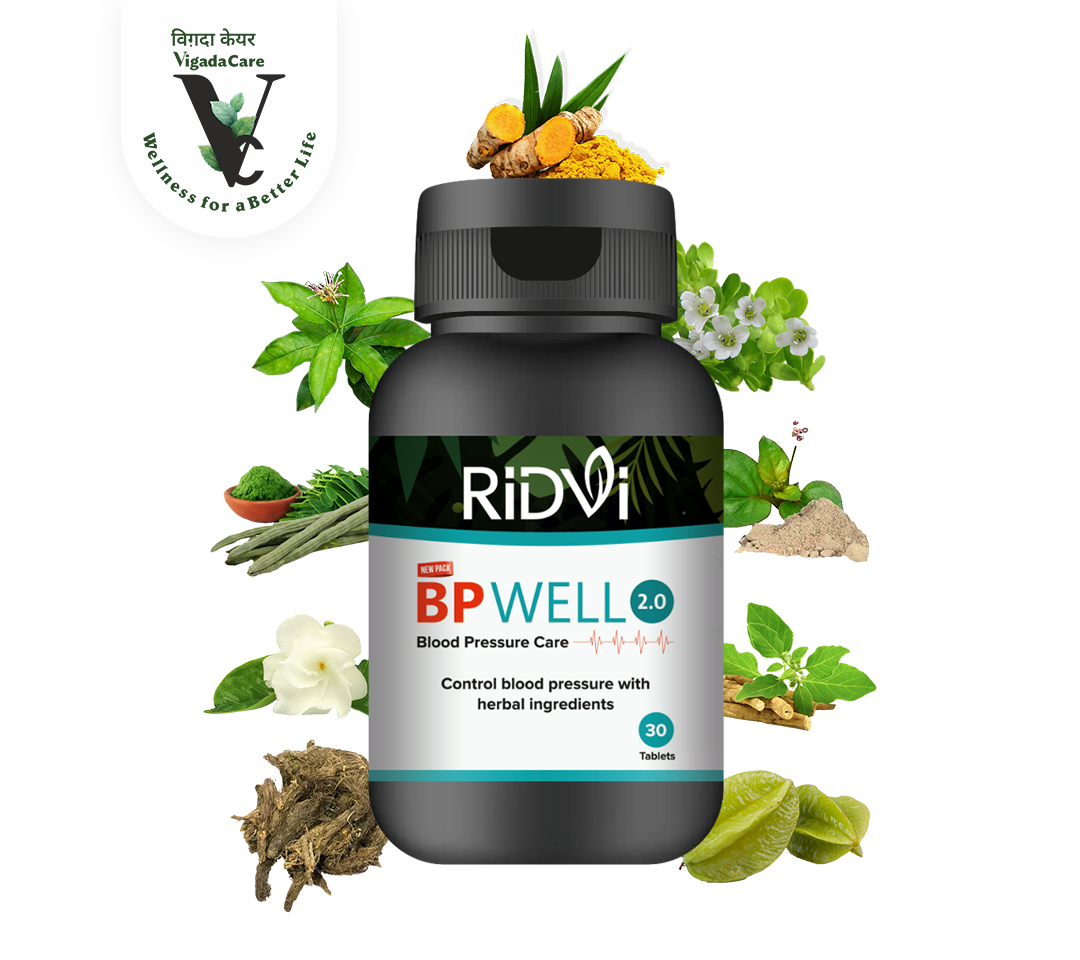
Manage Your Blood Pressure Naturally With Ridvi BP Well
Manage Your Blood Pressure Naturally With Ridvi BP Well,&nbs... Read More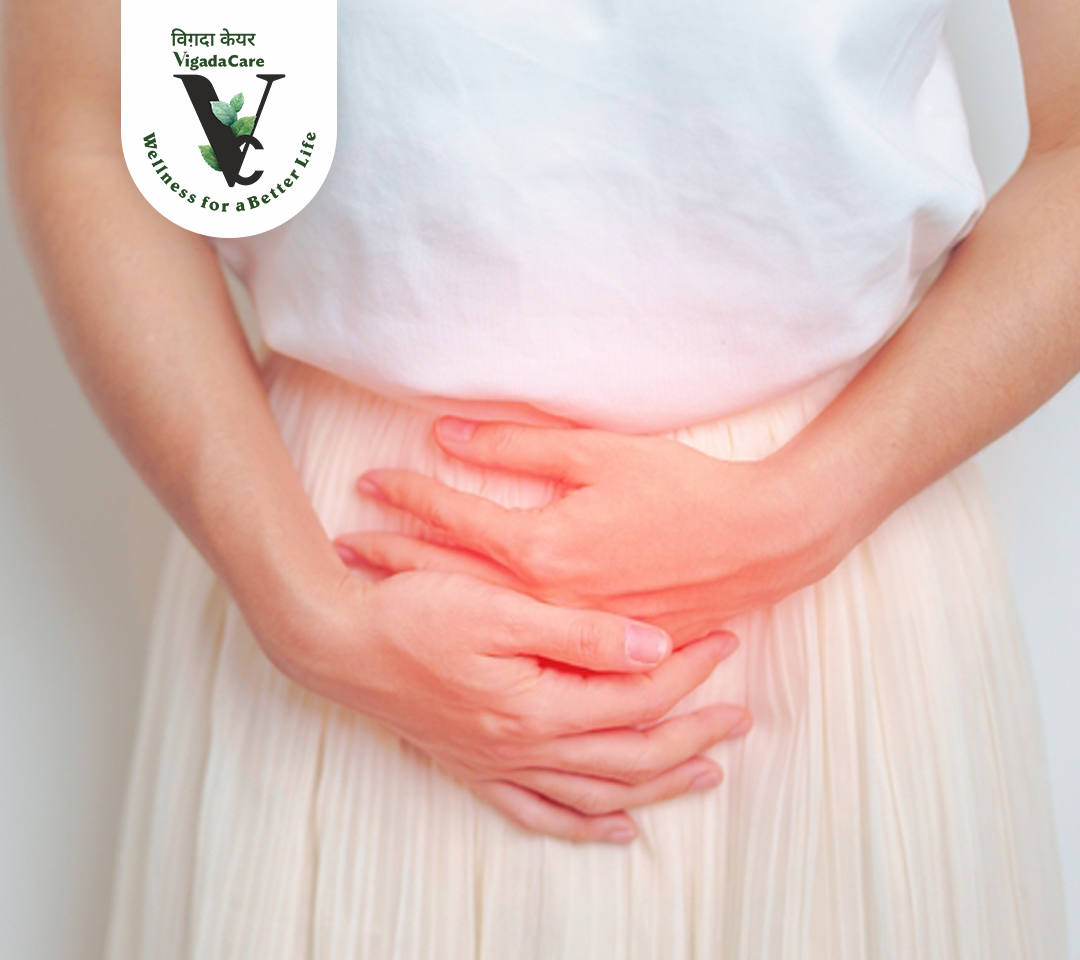
Understanding Period Pain: Causes, Symptoms, and Relief with RiDVi Pcysto Well Ayurvedic Medicine
Understanding Period Pain: Causes, Symptoms, and Relief with... Read More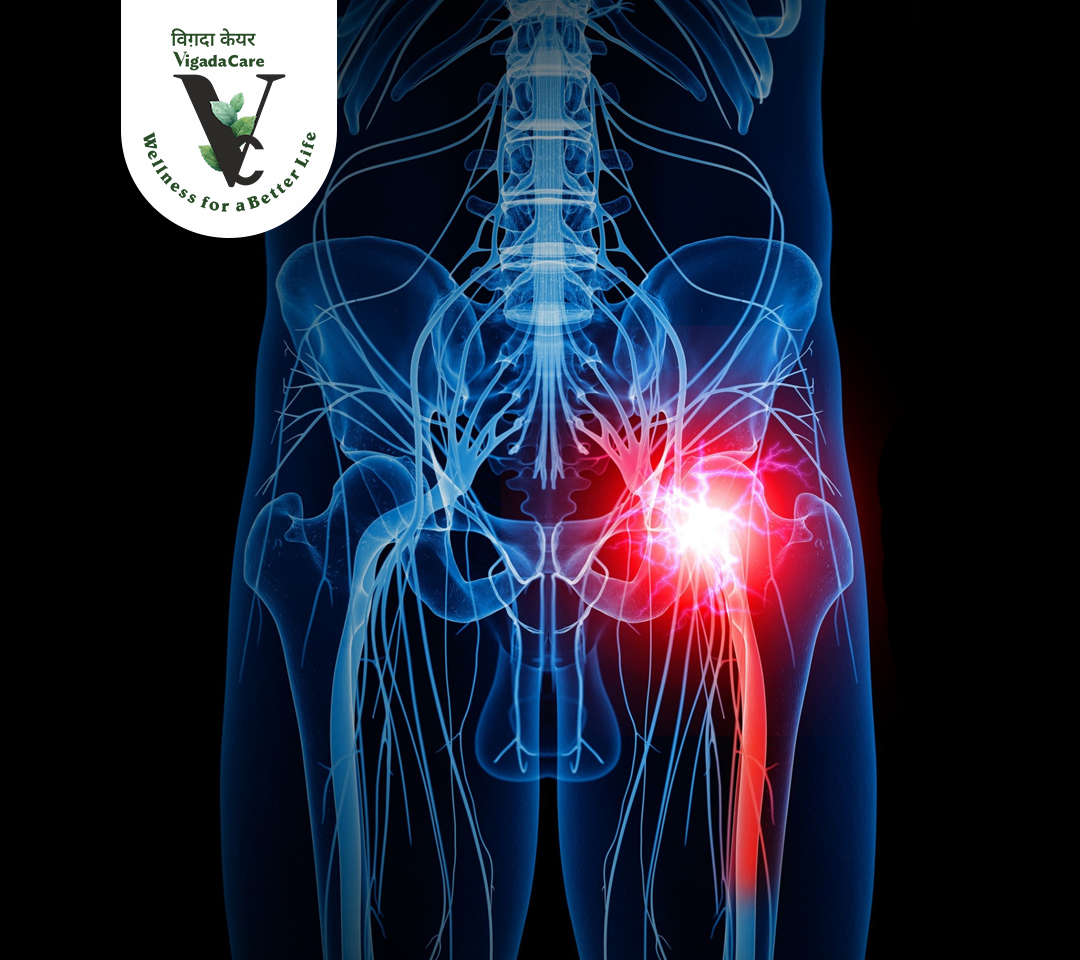
Understanding Sciatica Pain: Causes, Symptoms, and Relief with RiDVi Ortho Well Oil
Understanding Sciatica Pain: Causes, Symptoms, and Relief wi... Read More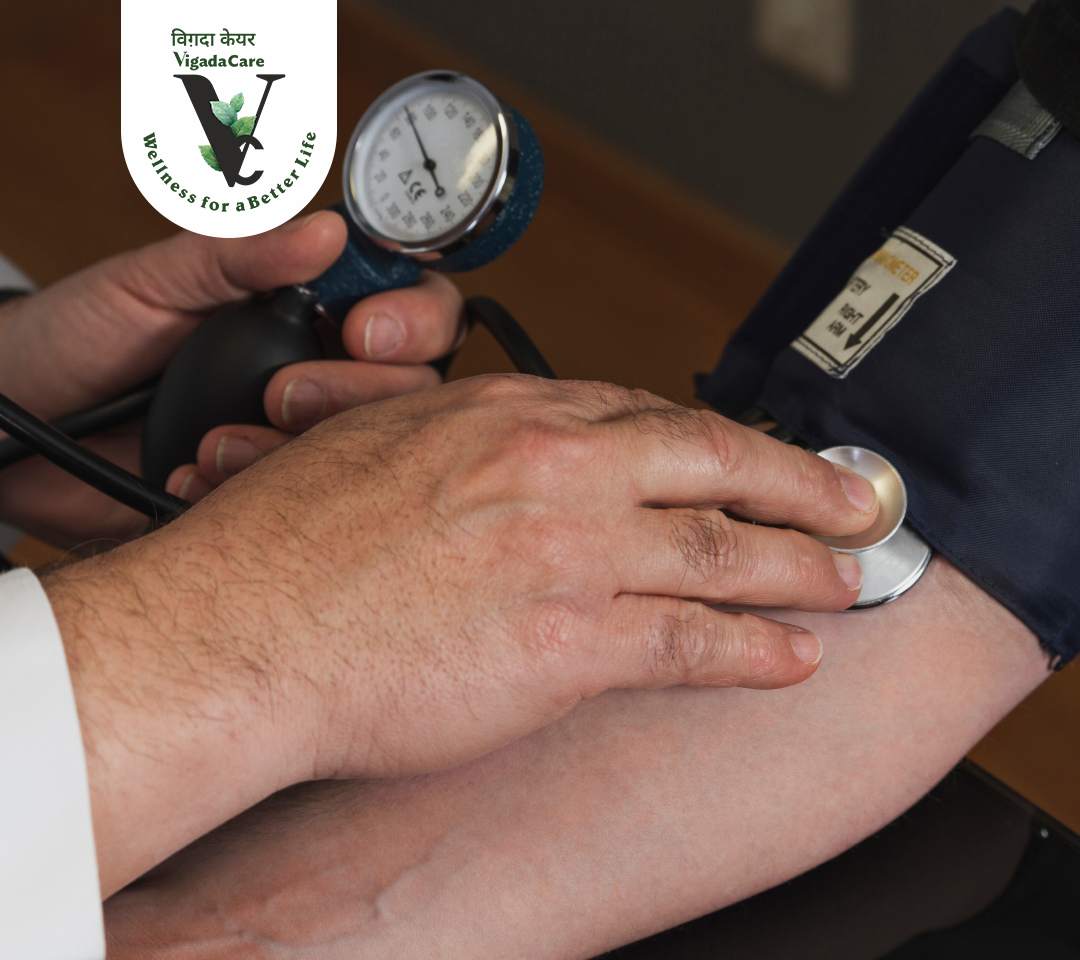
Top Ayurvedic Herbs to Control High Blood Pressure
Ayurvedic Herbs for Blood Pressure: Concerns and Solutions ... Read More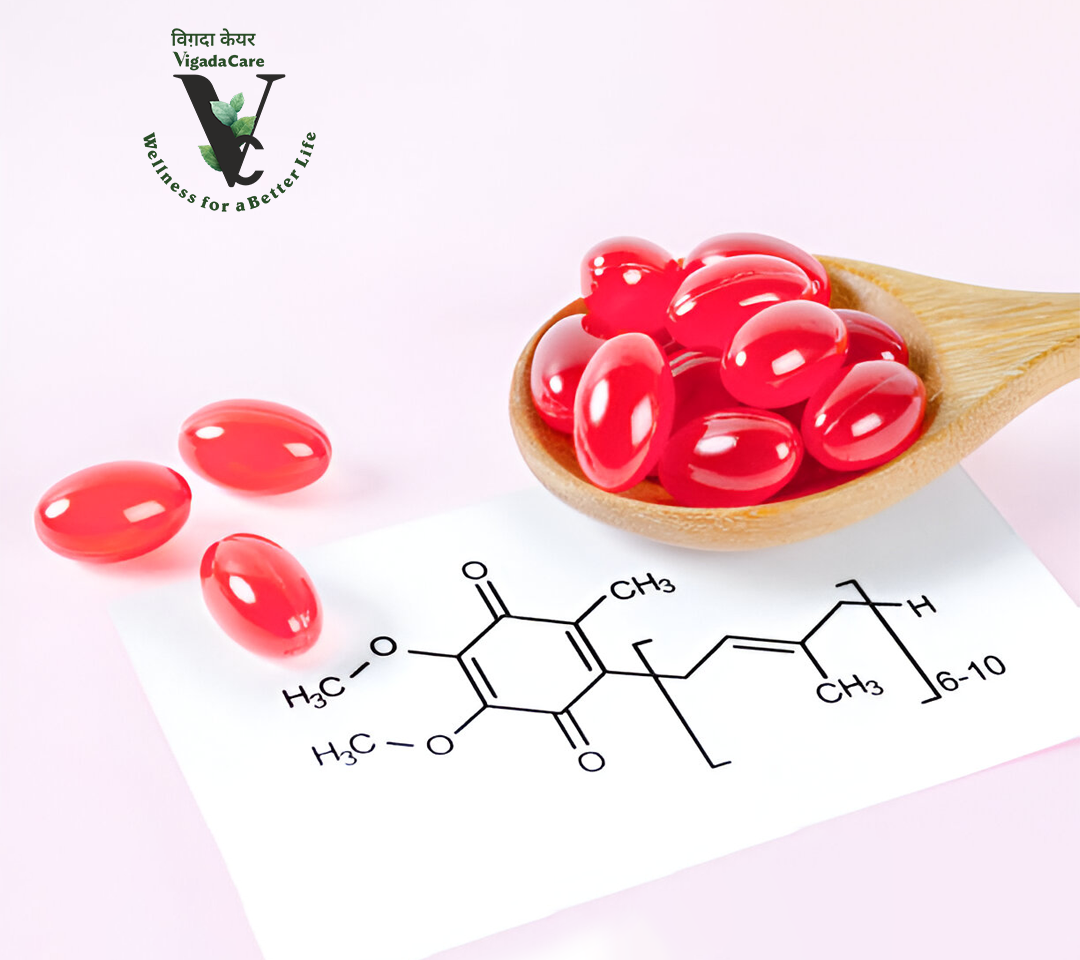
The Power of CoQ10: How This Antioxidant Helps Prevent Disease
The Power of CoQ10: How This Antioxidant Helps Prevent Disea... Read More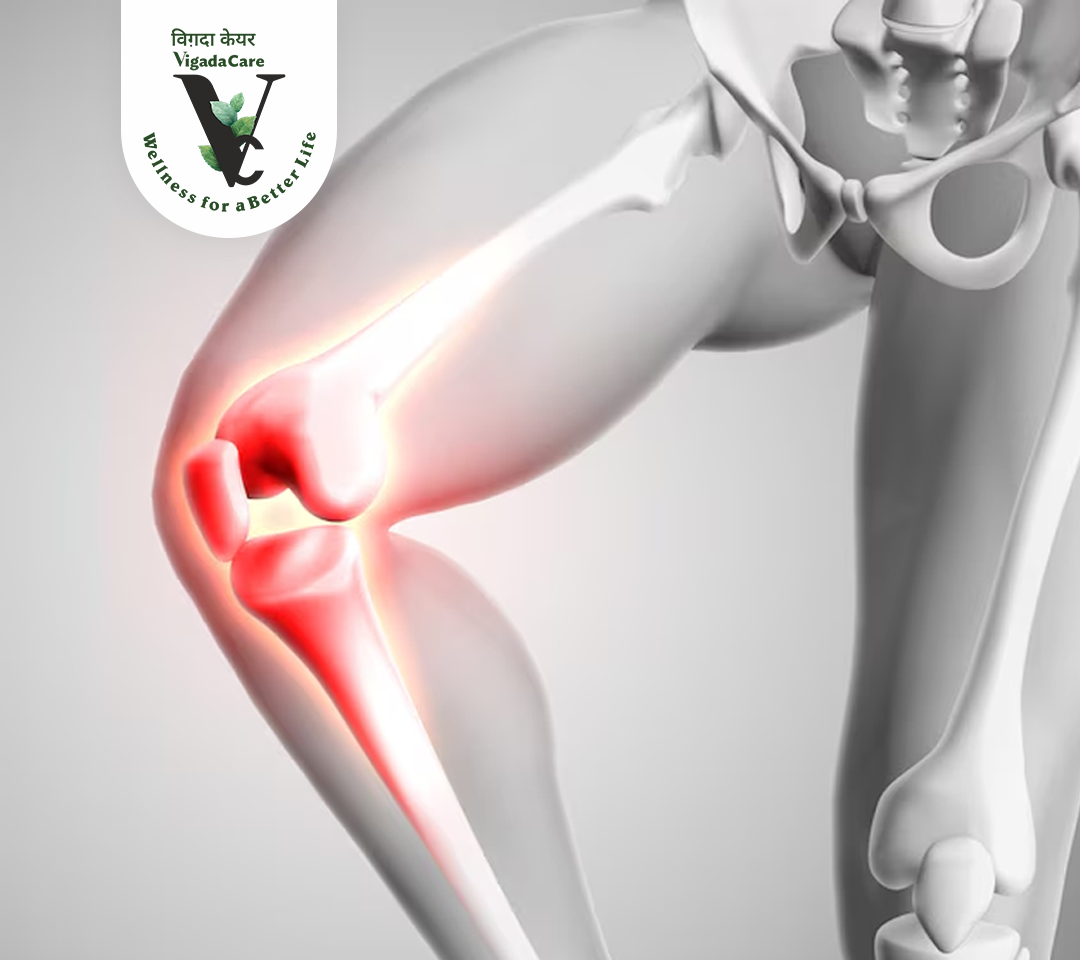
Elderly Knee Pain: An Ayurvedic Approach Using RiDVi Ortho Well Oil and Tablets
Elderly Knee Pain: An Ayurvedic Approach Using RiDVi Ortho W... Read More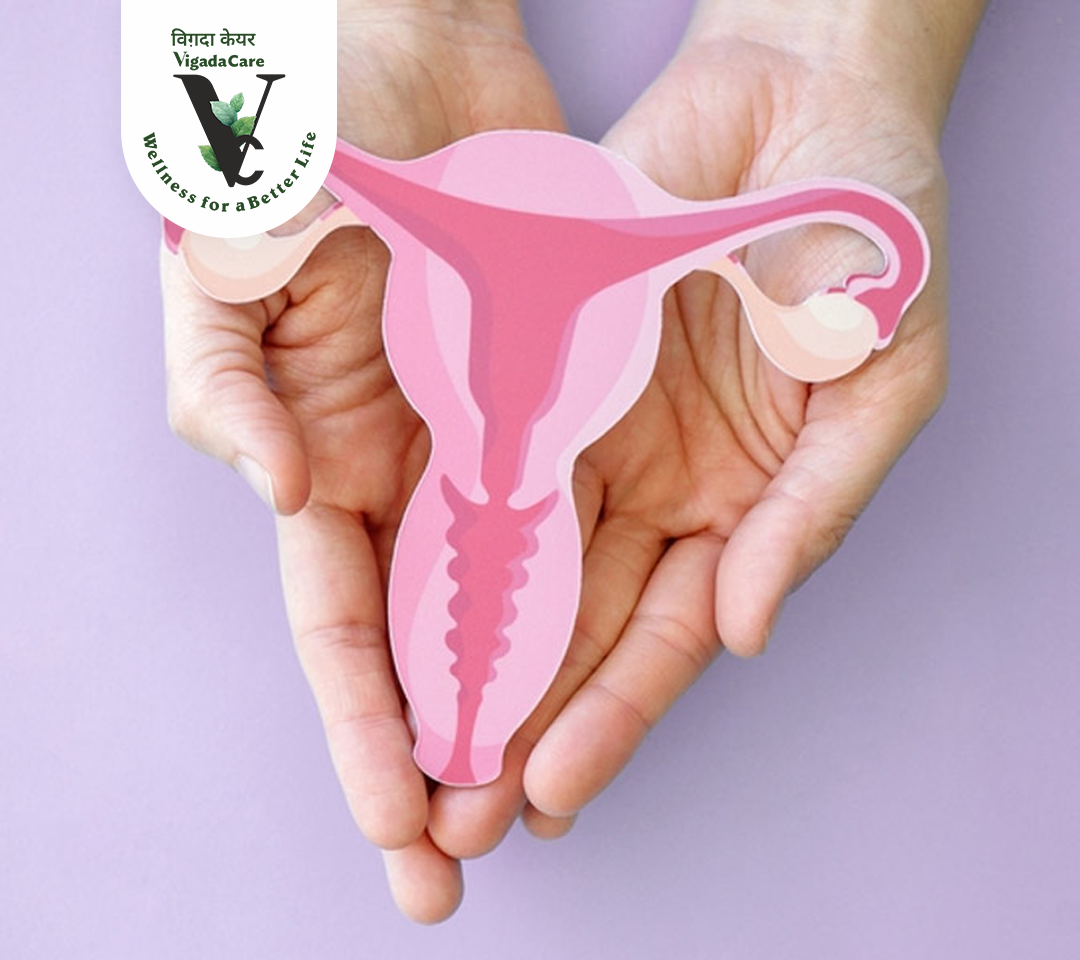
A Comprehensive Examination of PCOD's Emotional Journey
A Comprehensive Examination of PCOD's Emotional Journey PCO... Read More
4 Natural Solutions for Women's Hormonal Imbalances
4 Natural Solutions for Women's Hormonal Imbalances Mood sw... Read More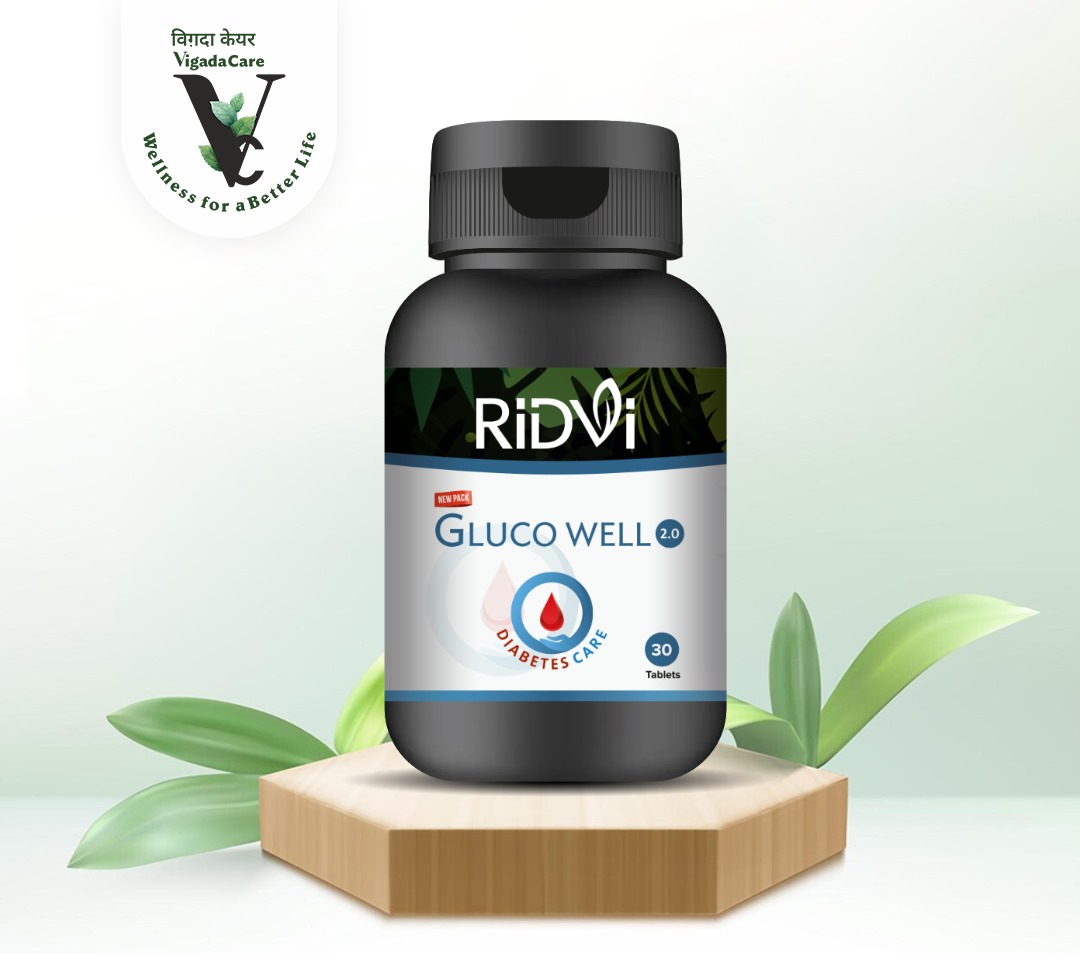
Harness the Power of Ayurveda with RiDVi Gluco Well: Your Natural Solution for Diabetes Control
Harness the Power of Ayurveda with RiDVi Gluco Well: Your Na... Read More